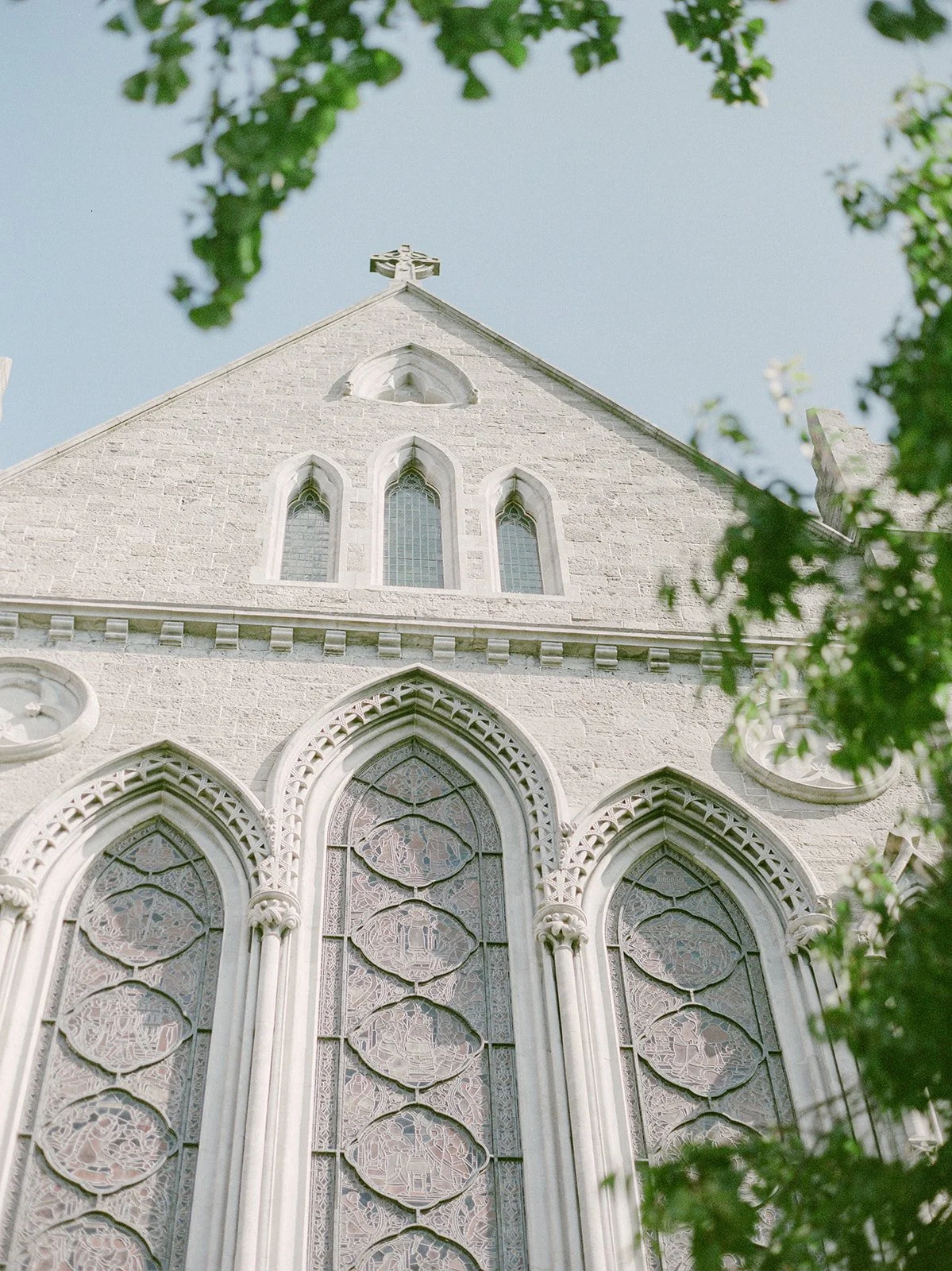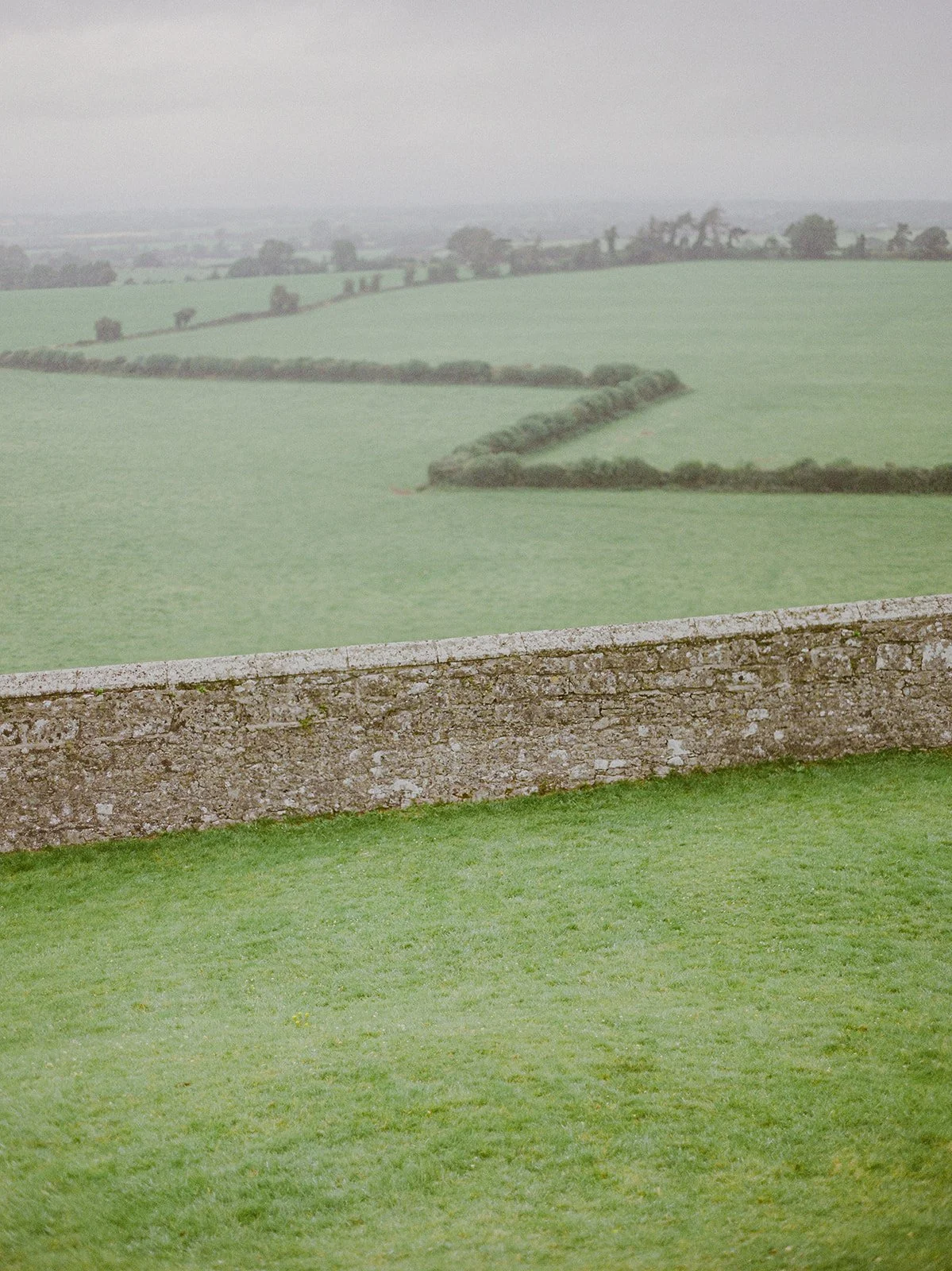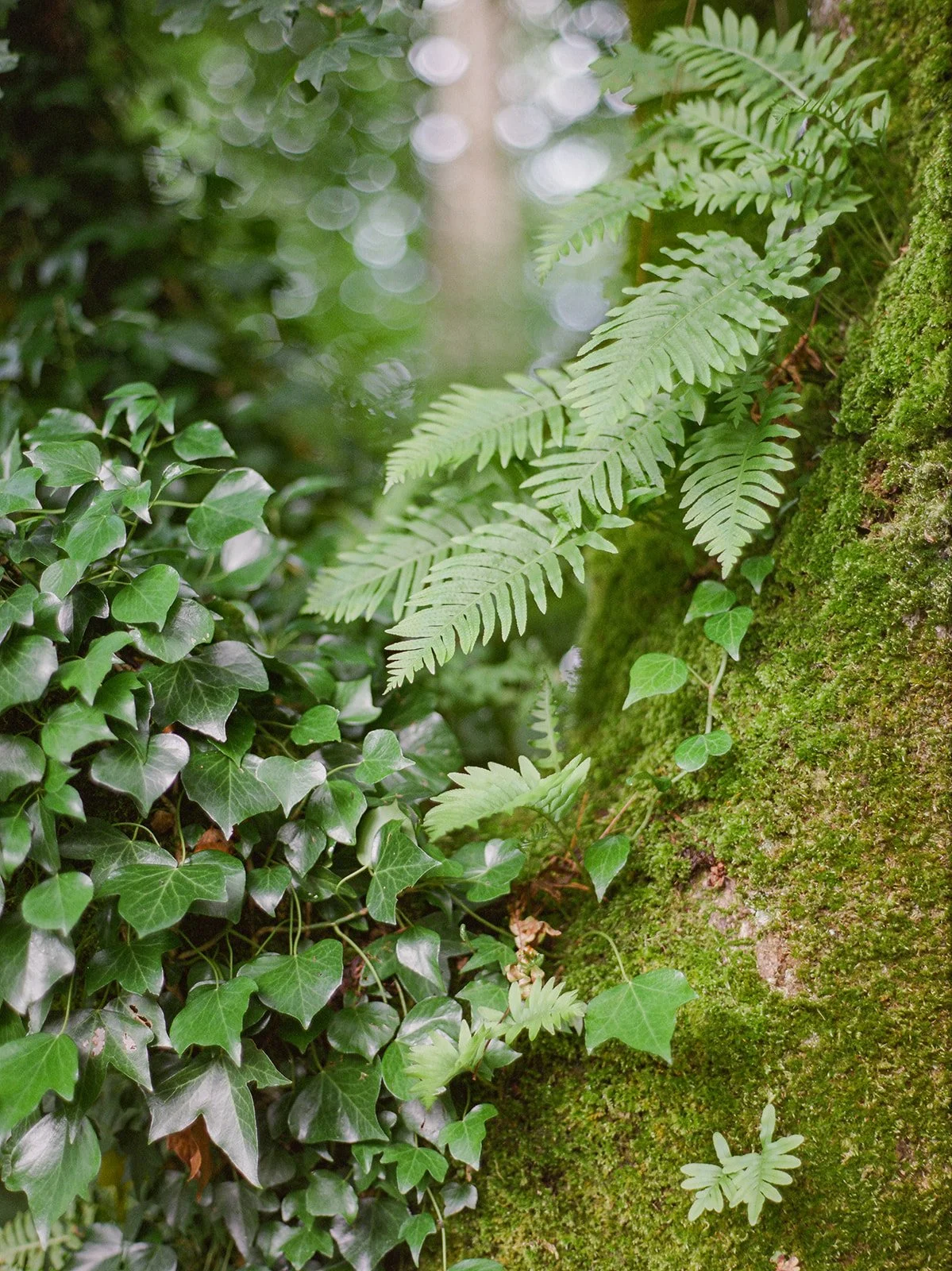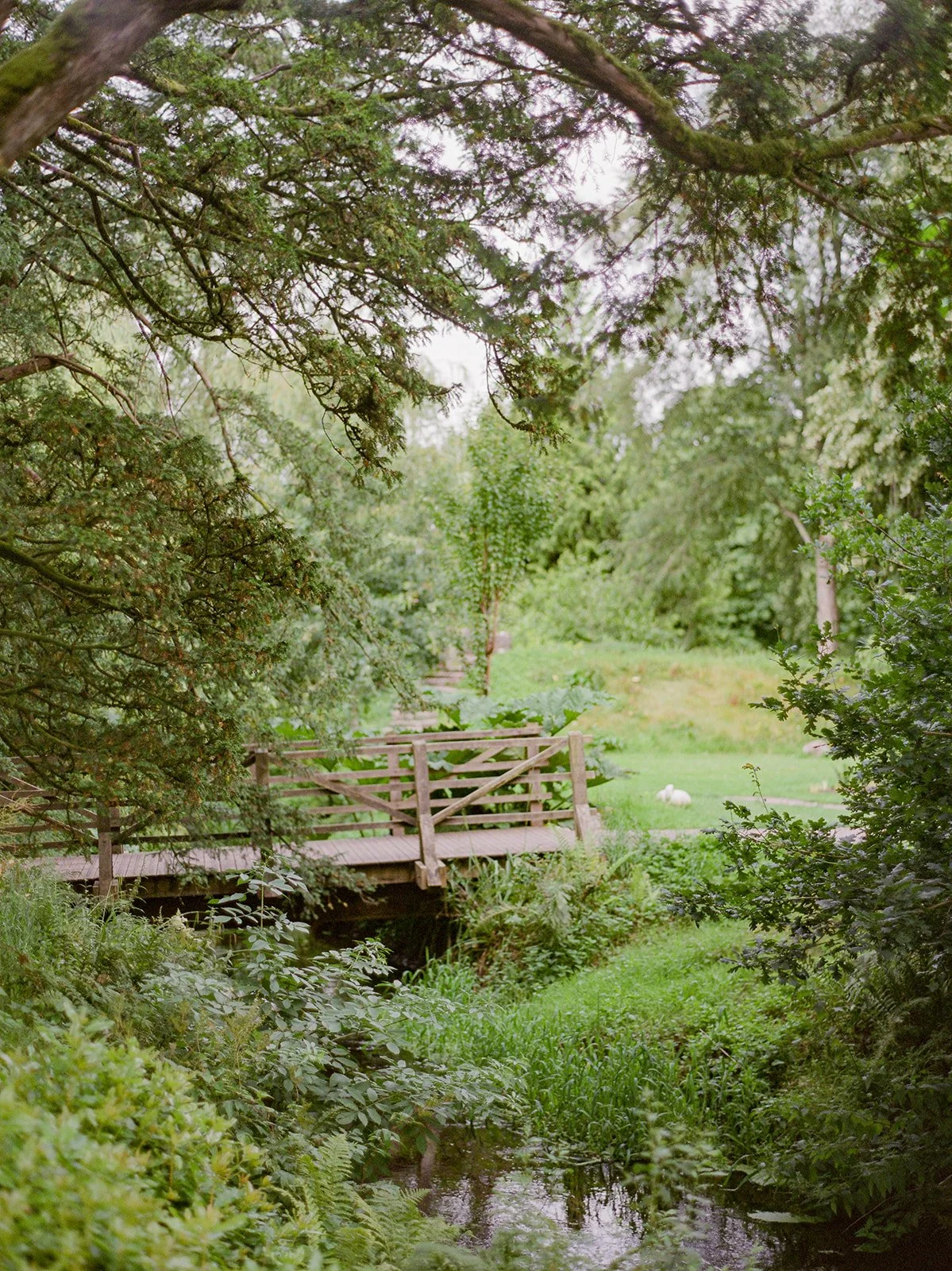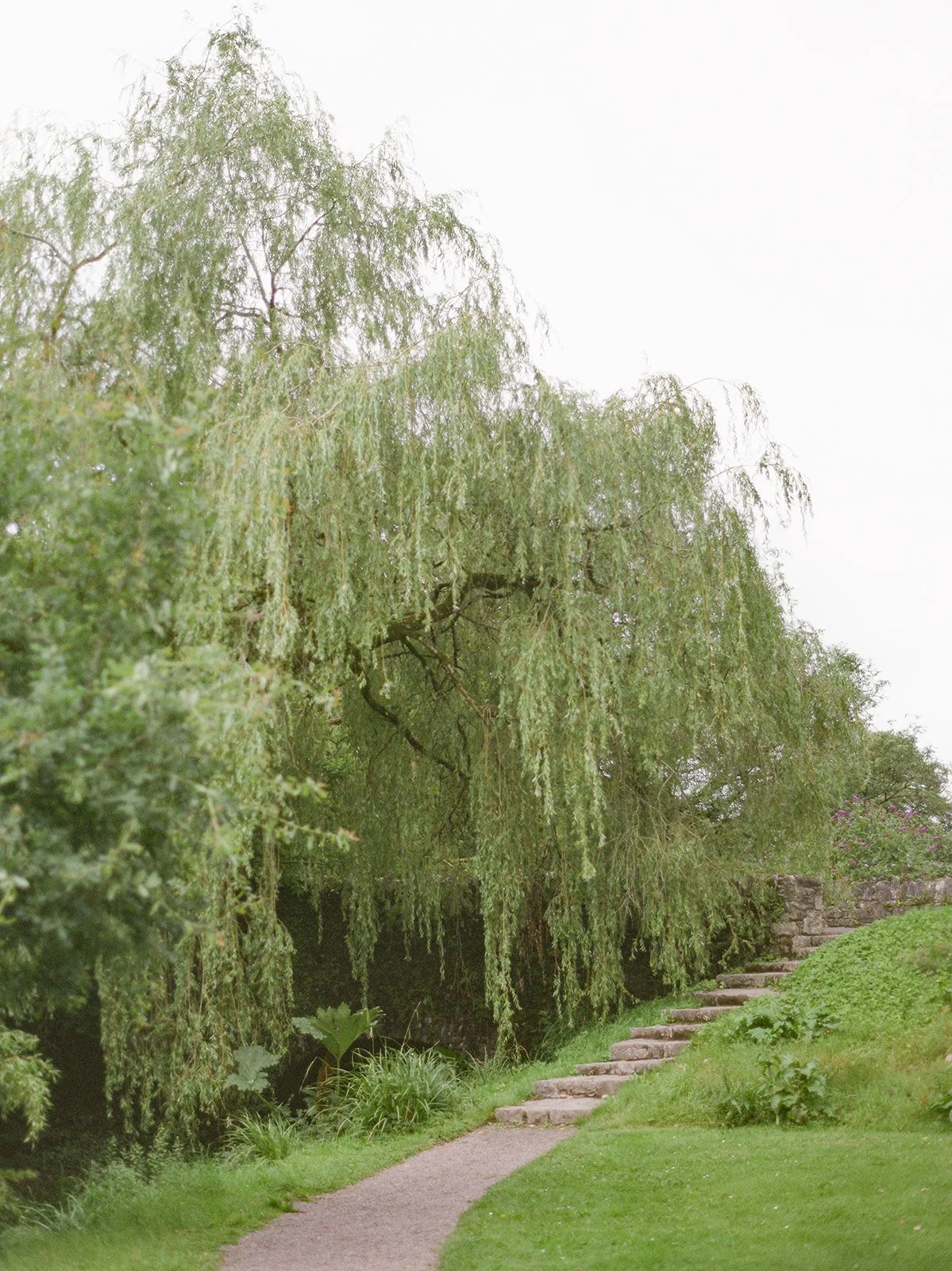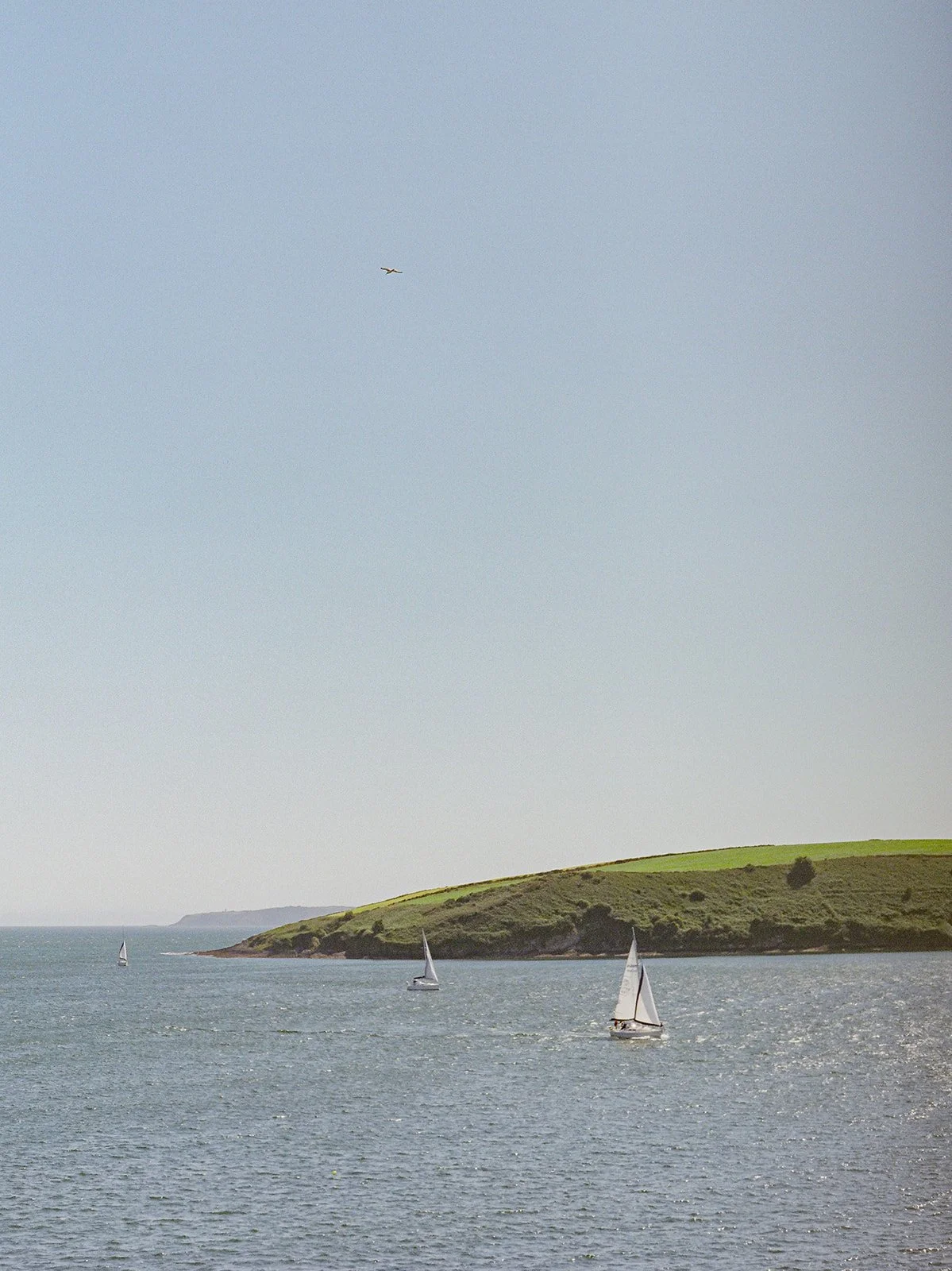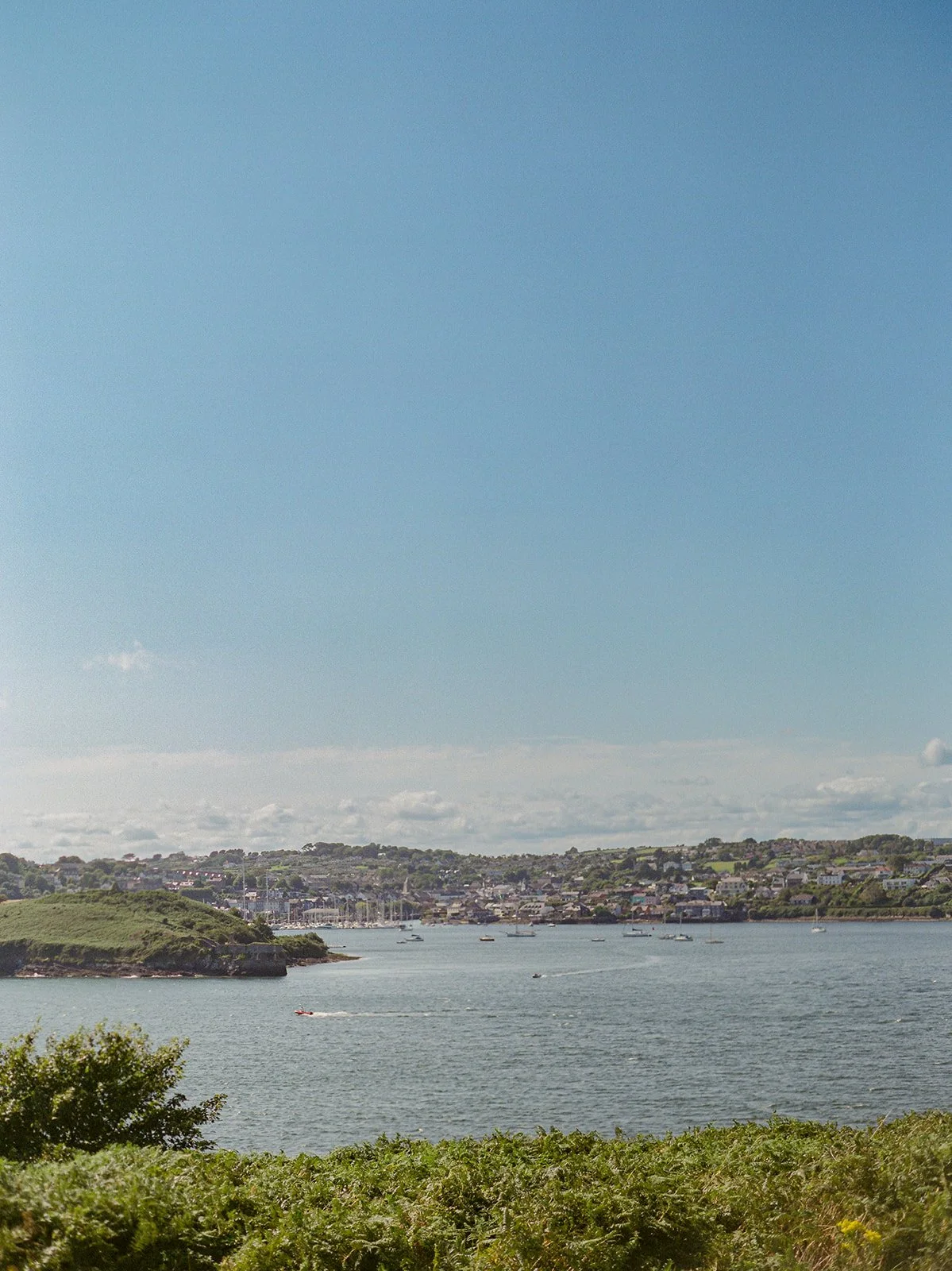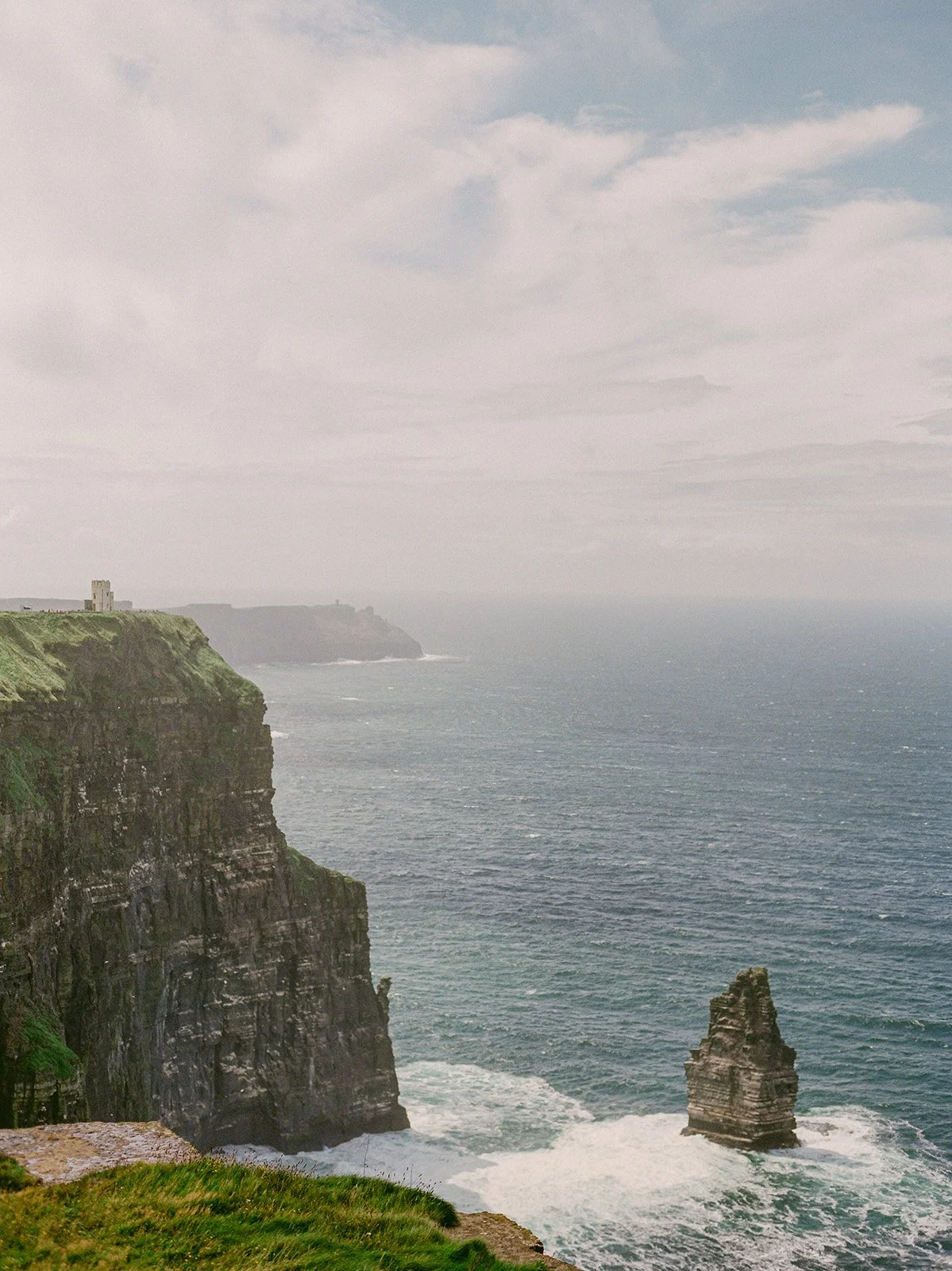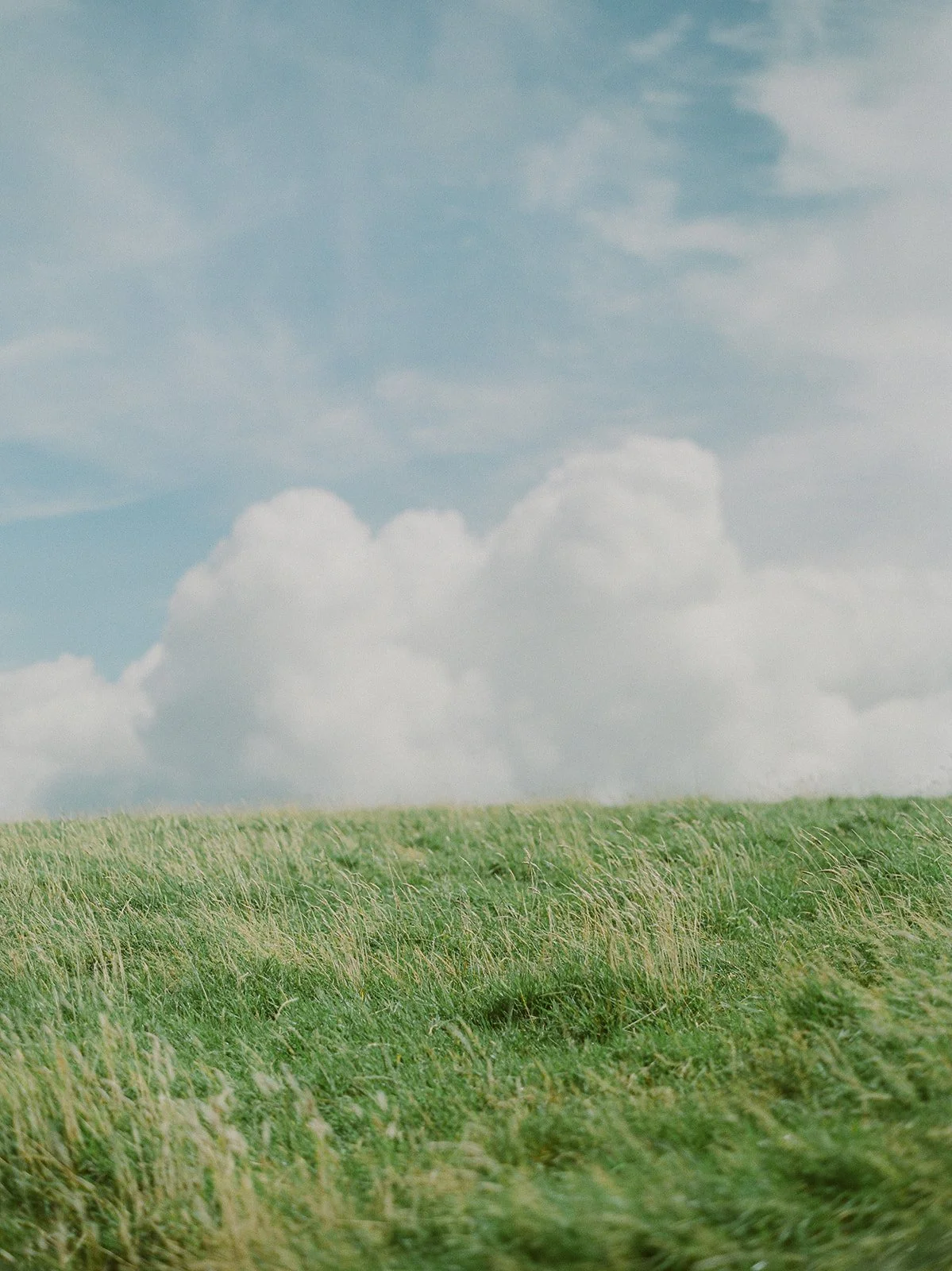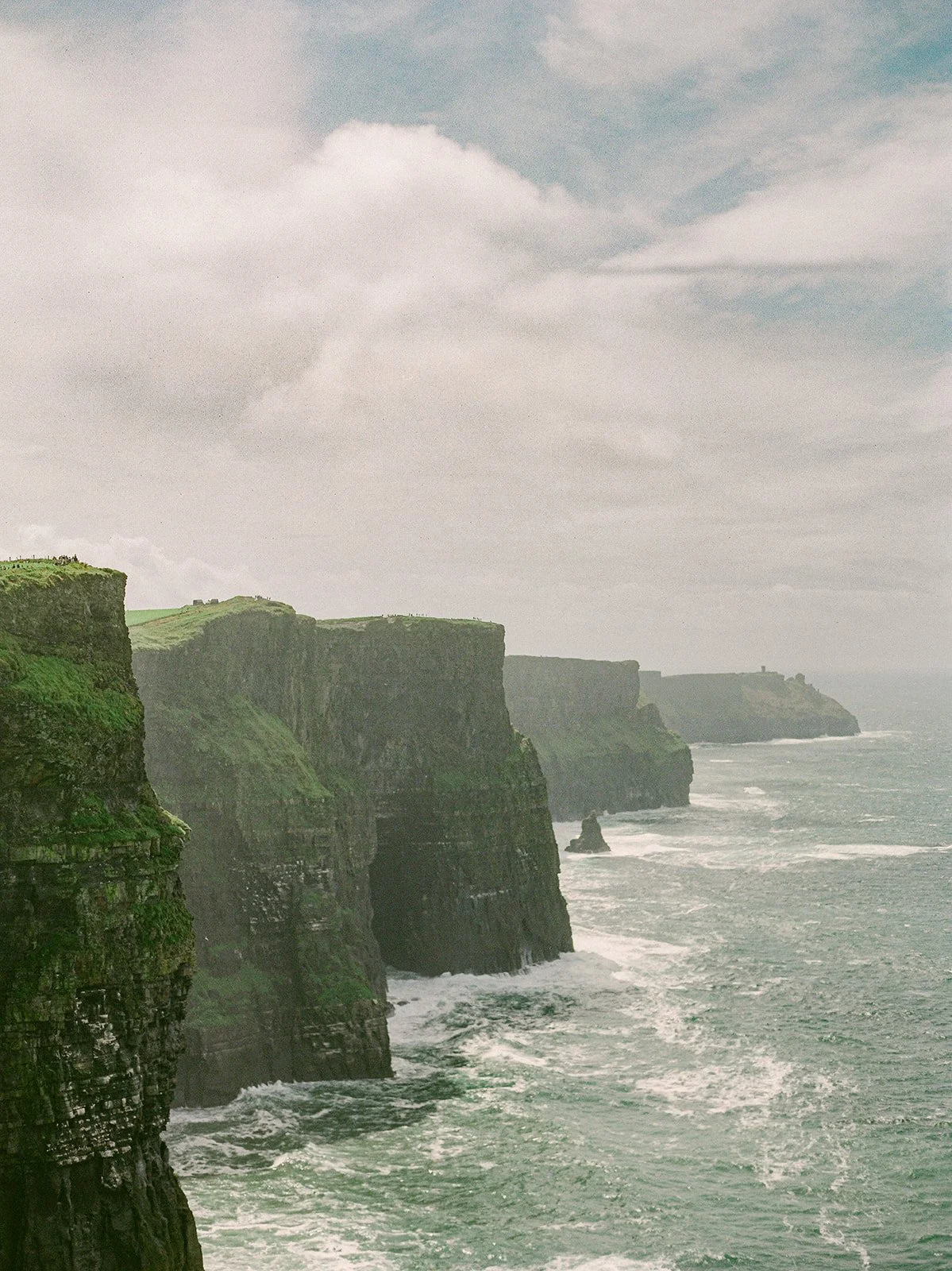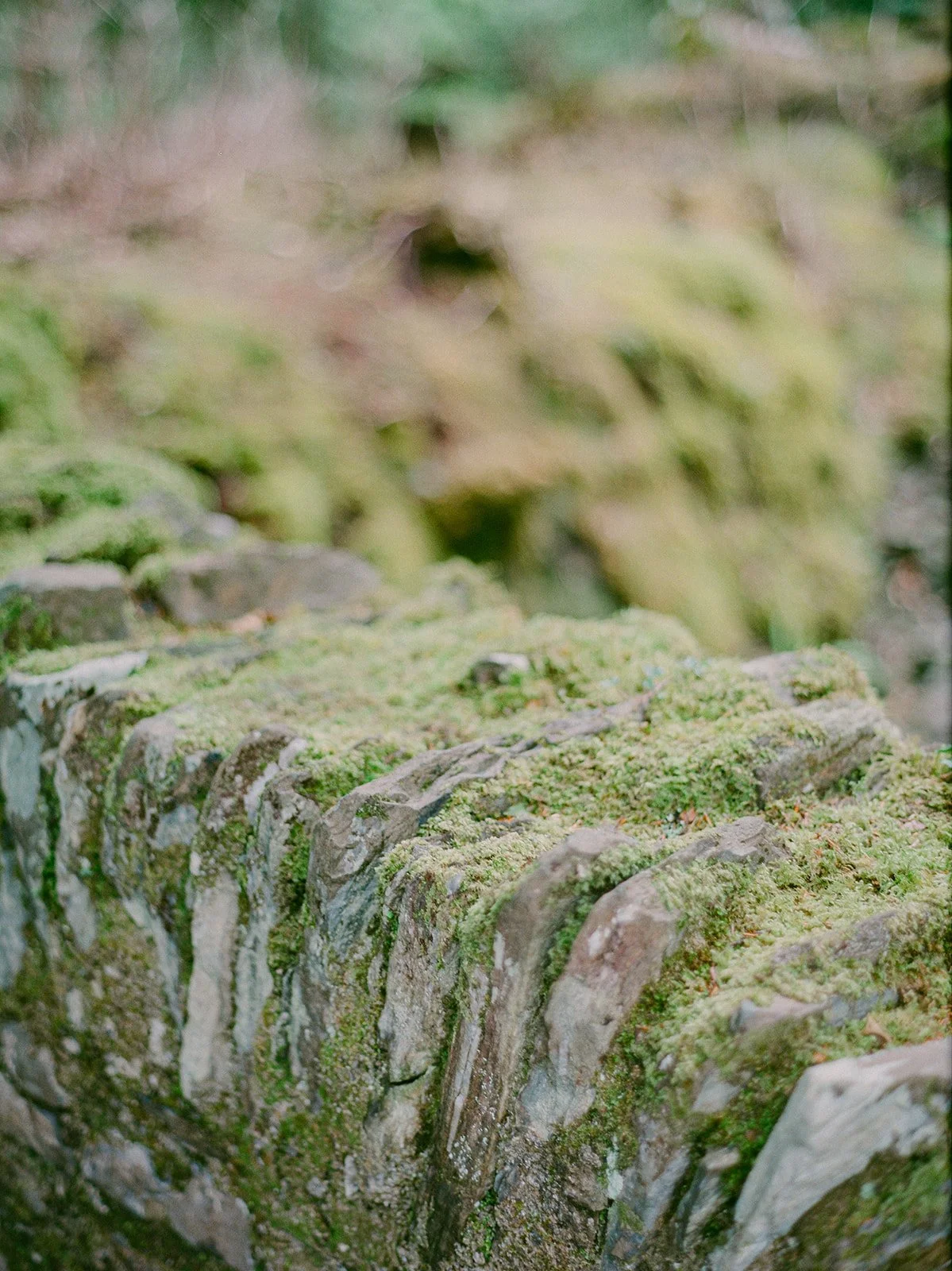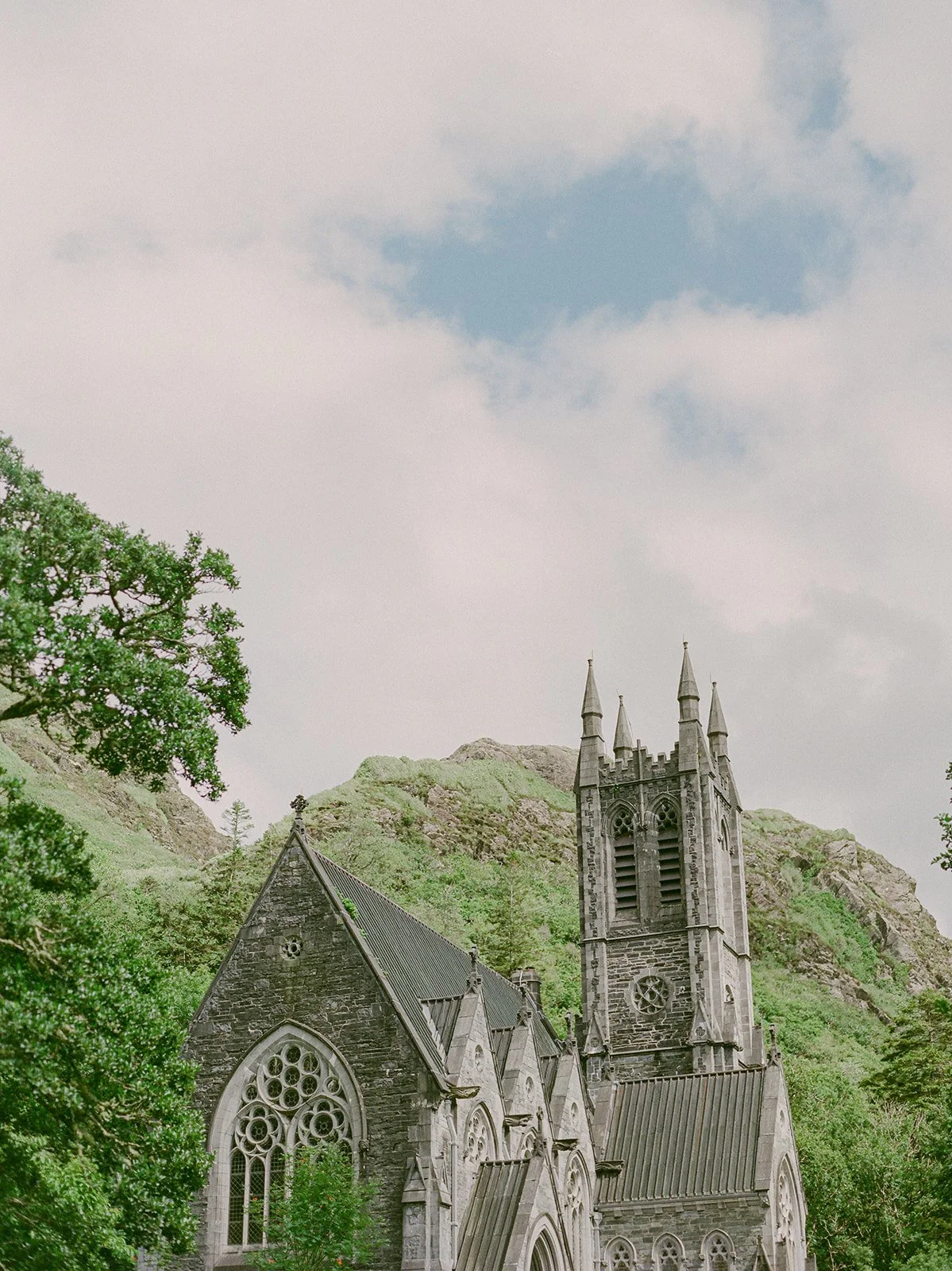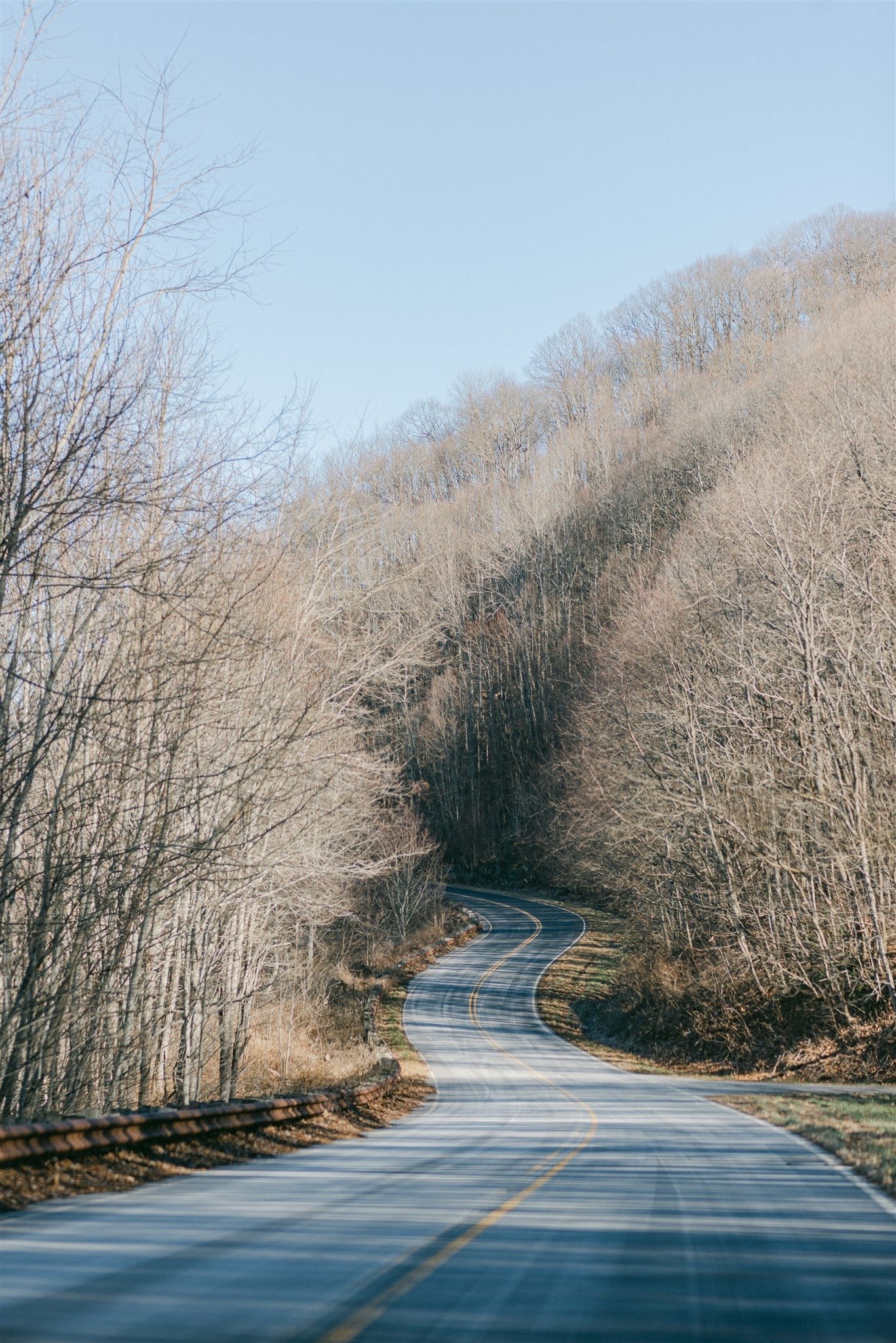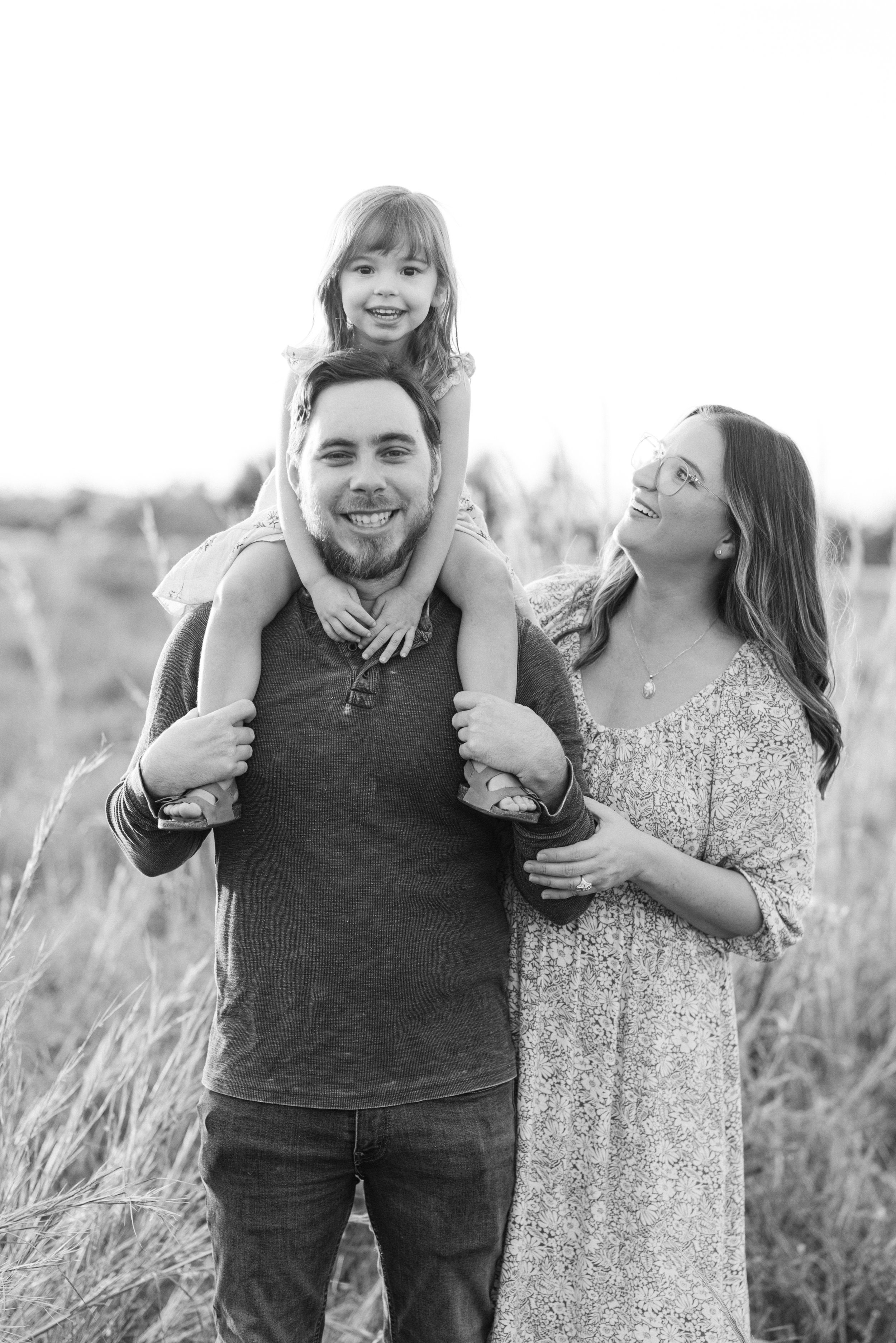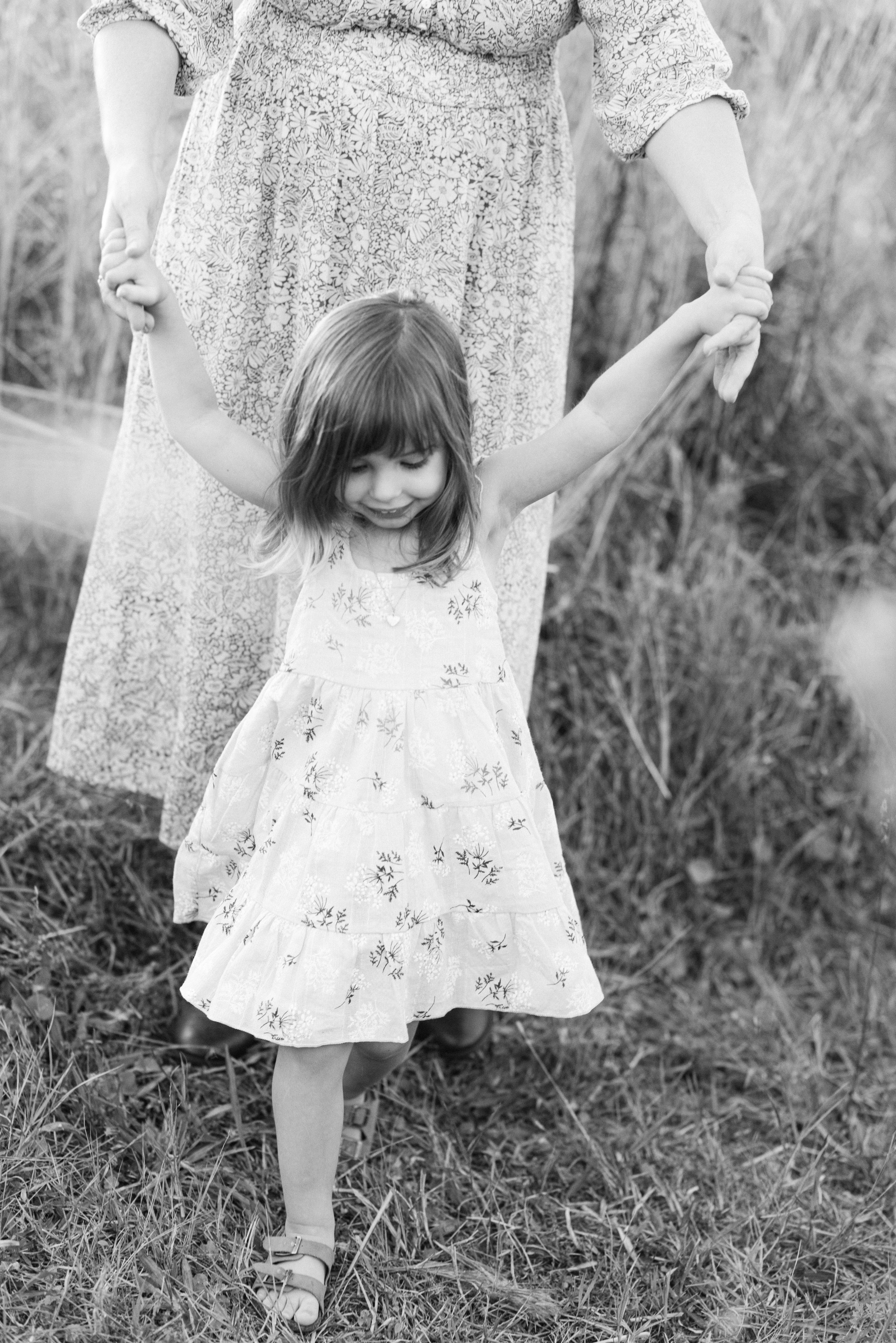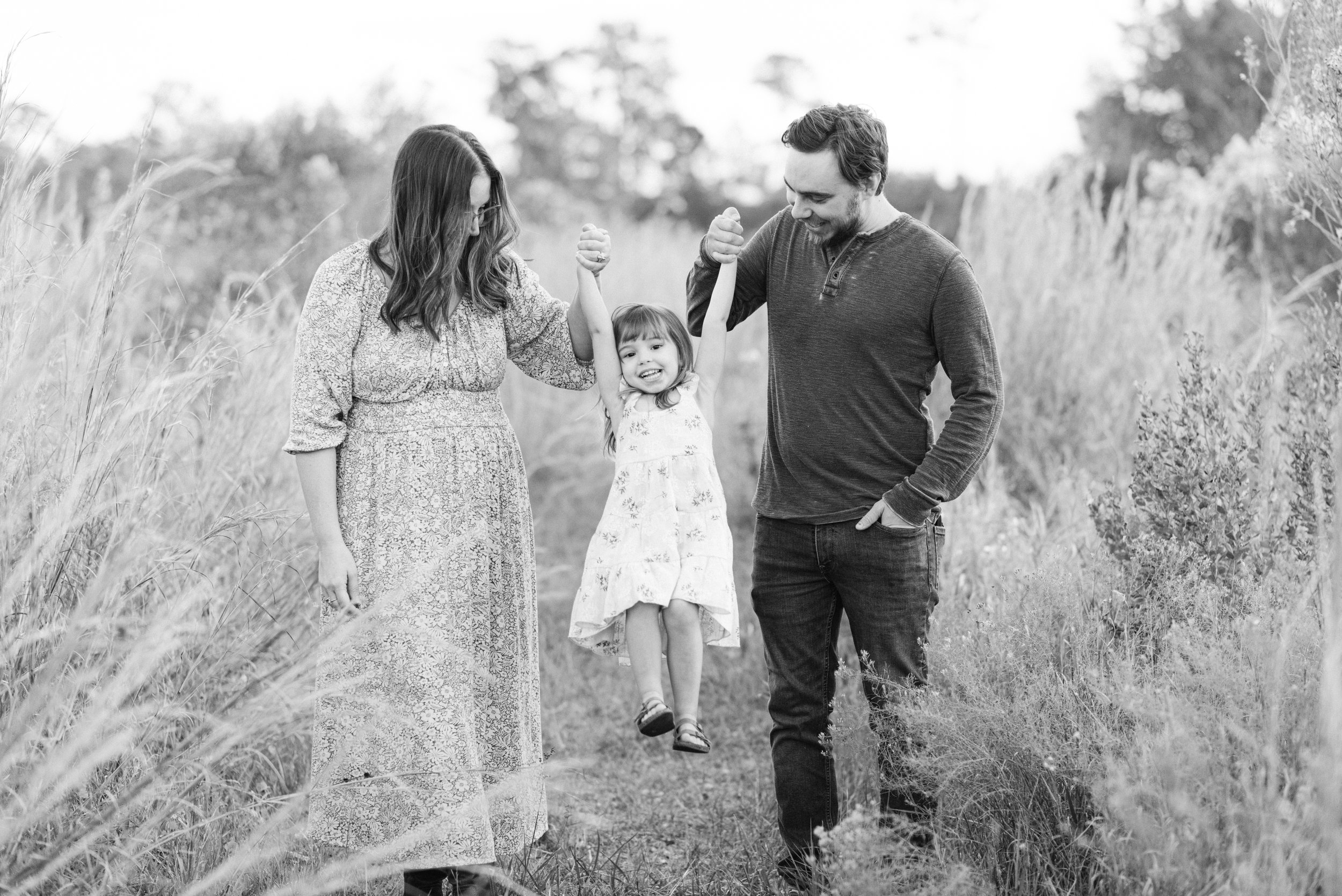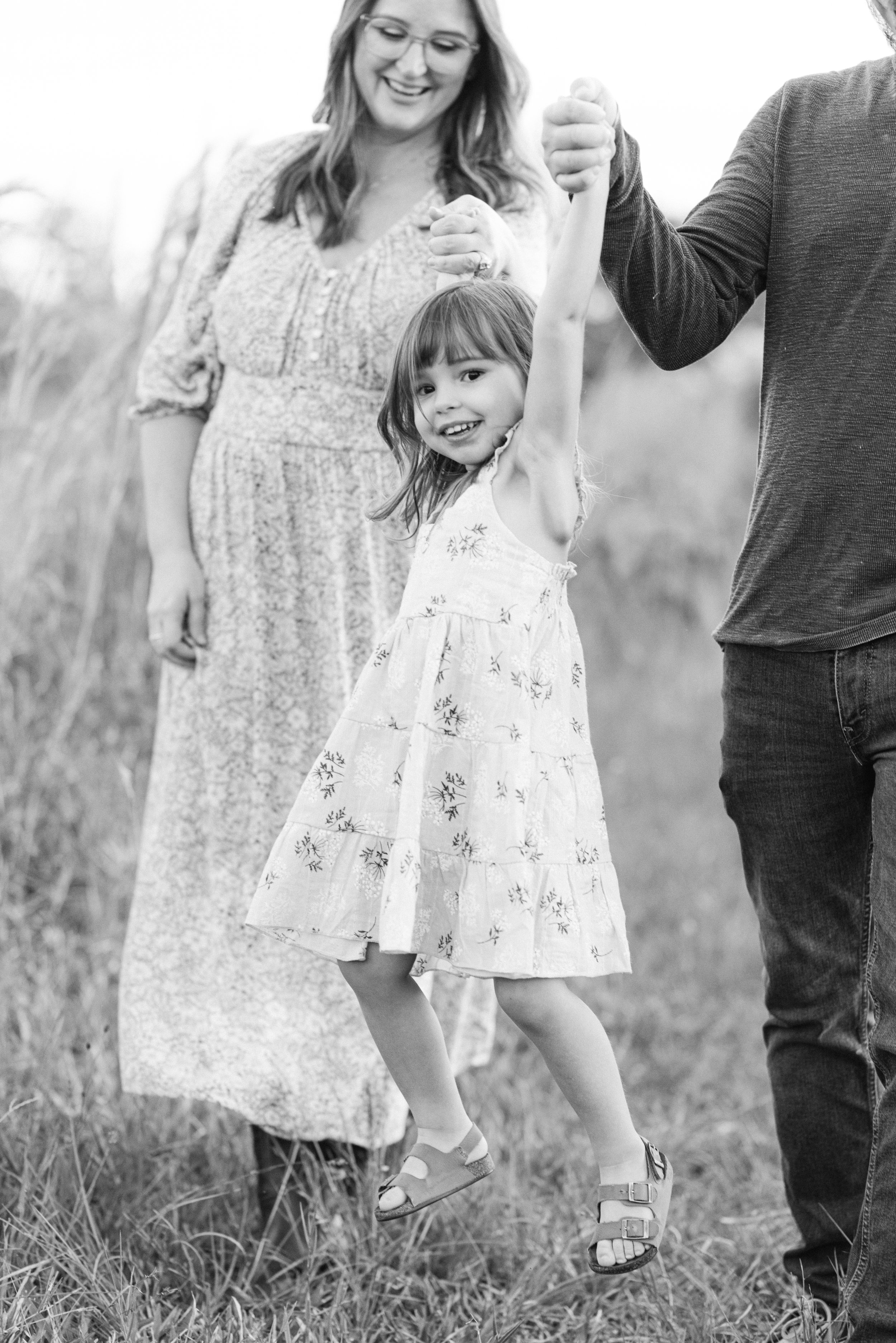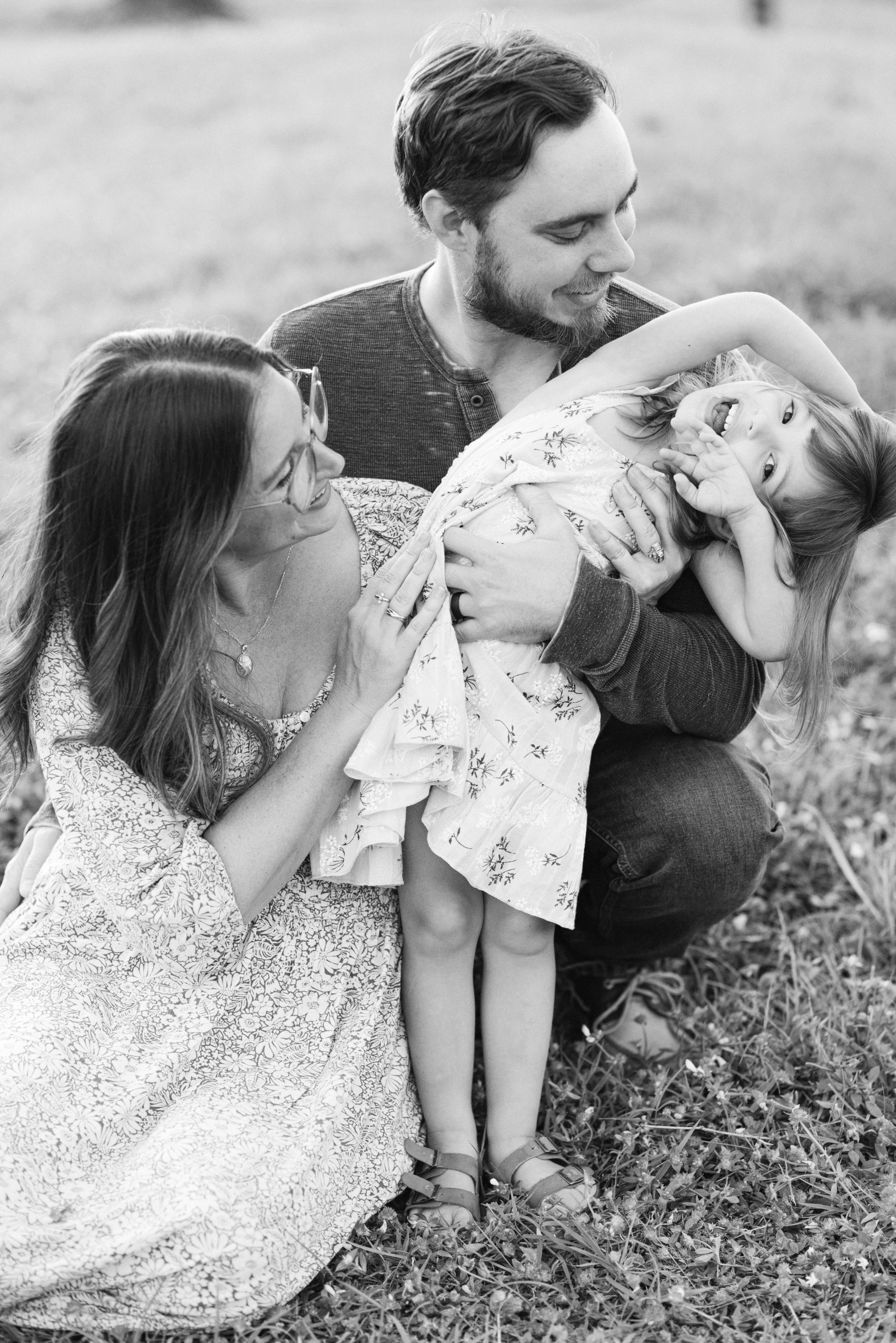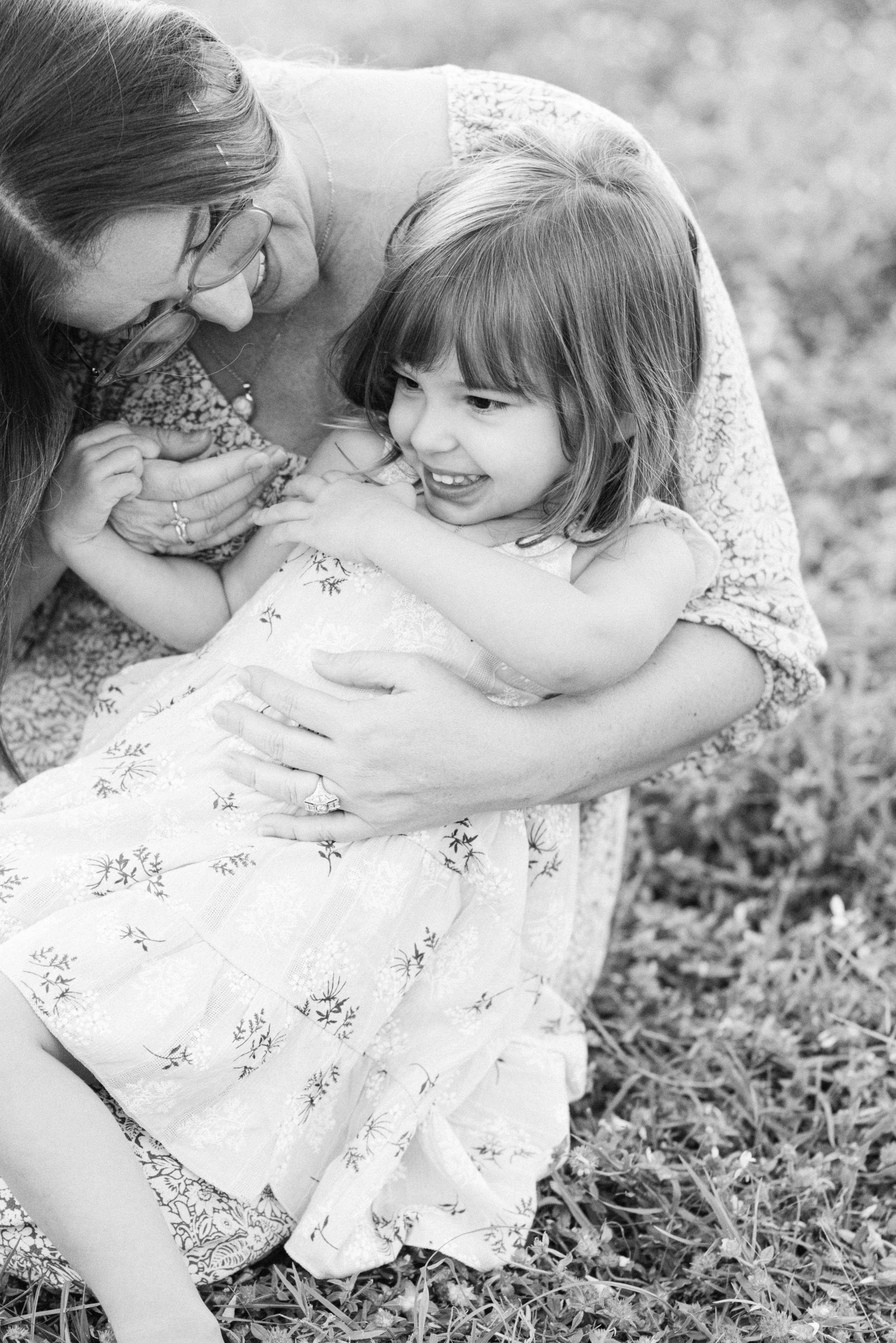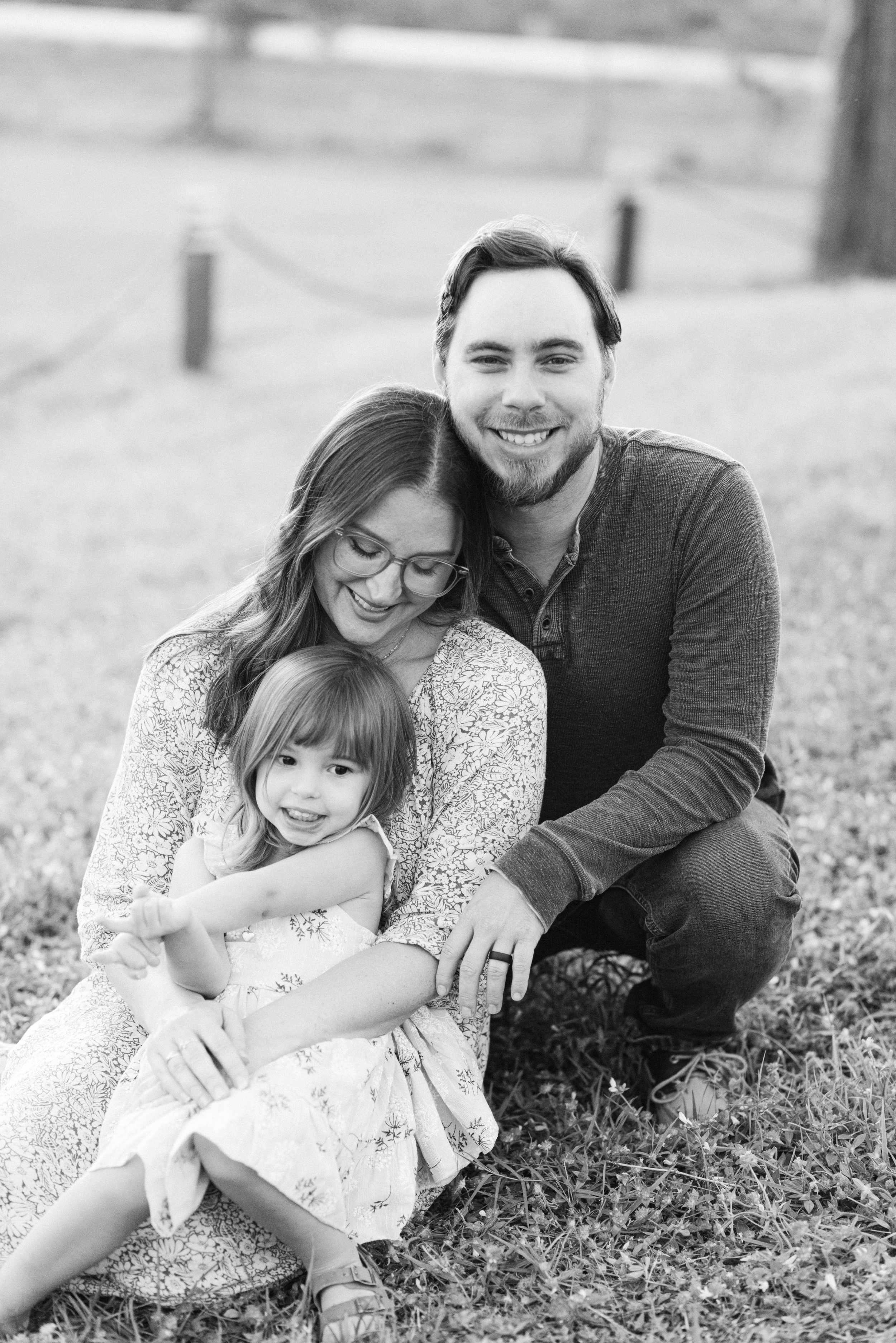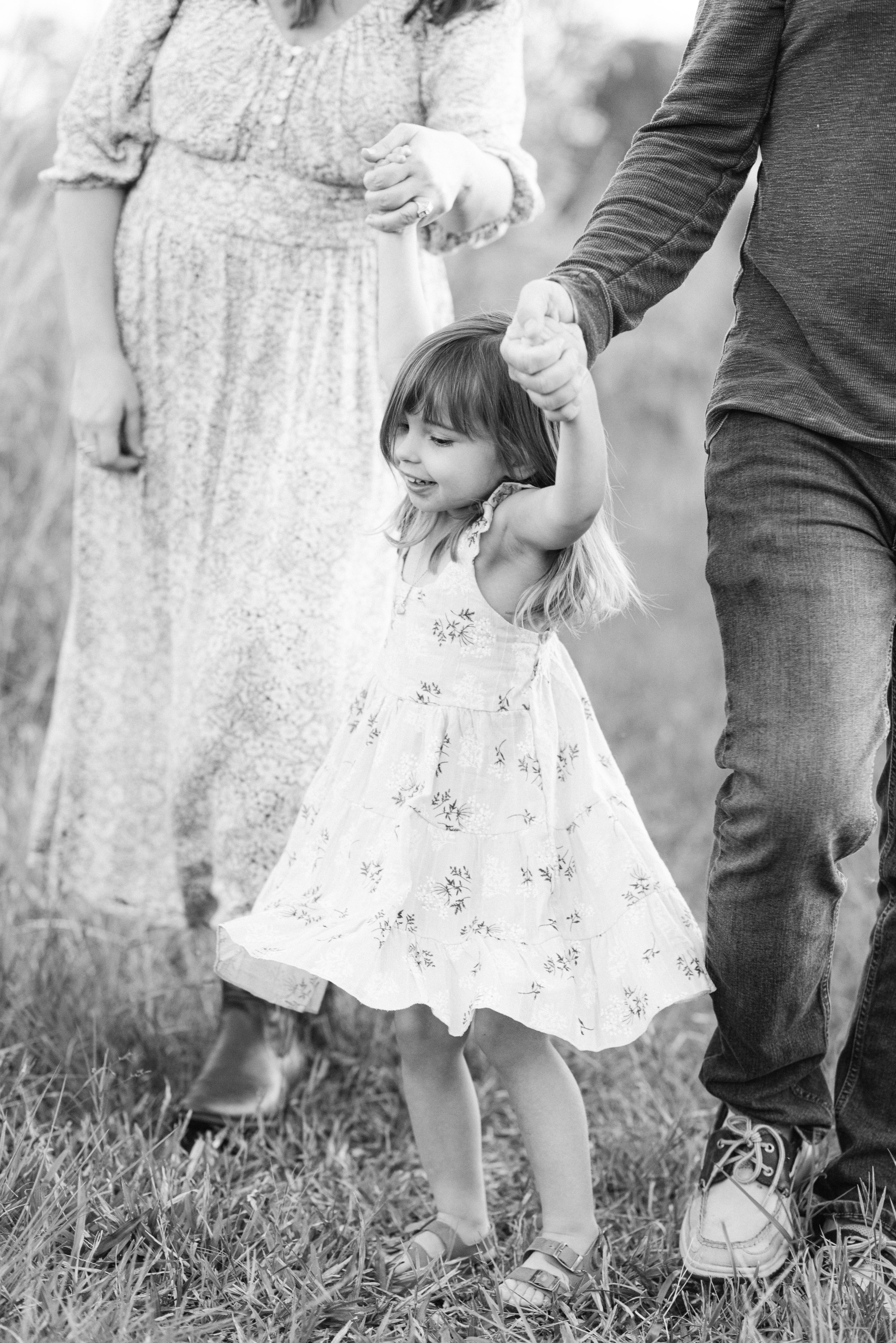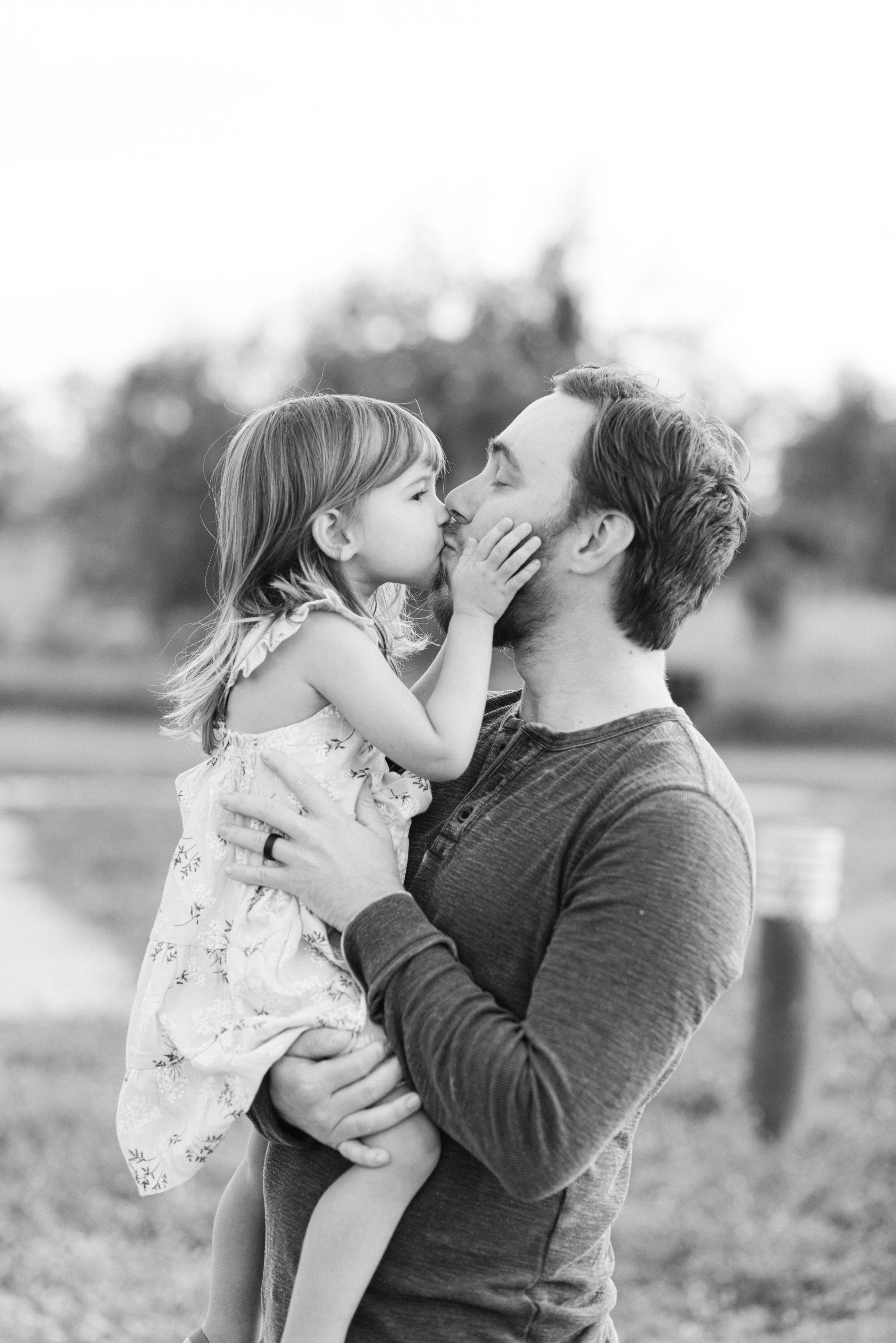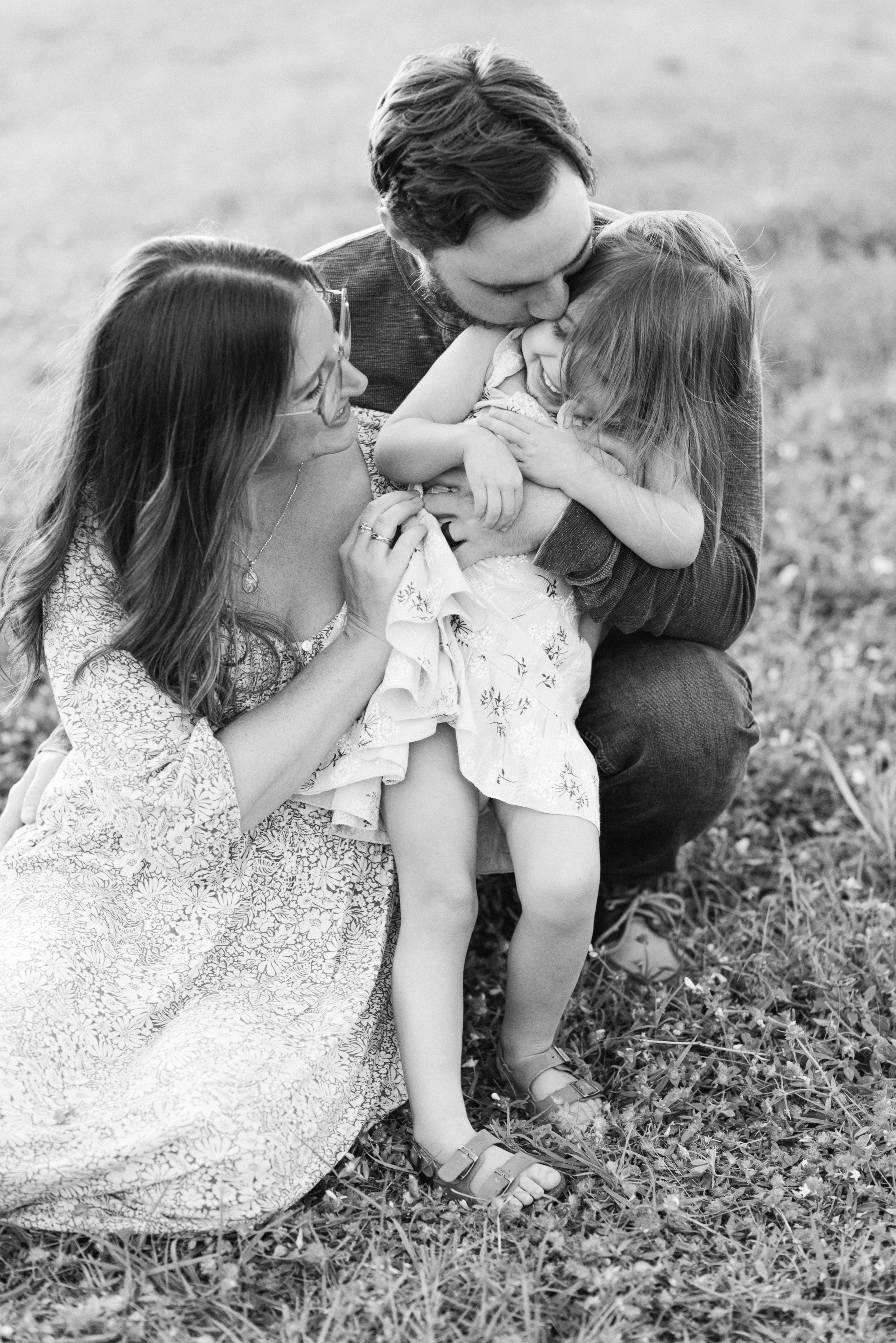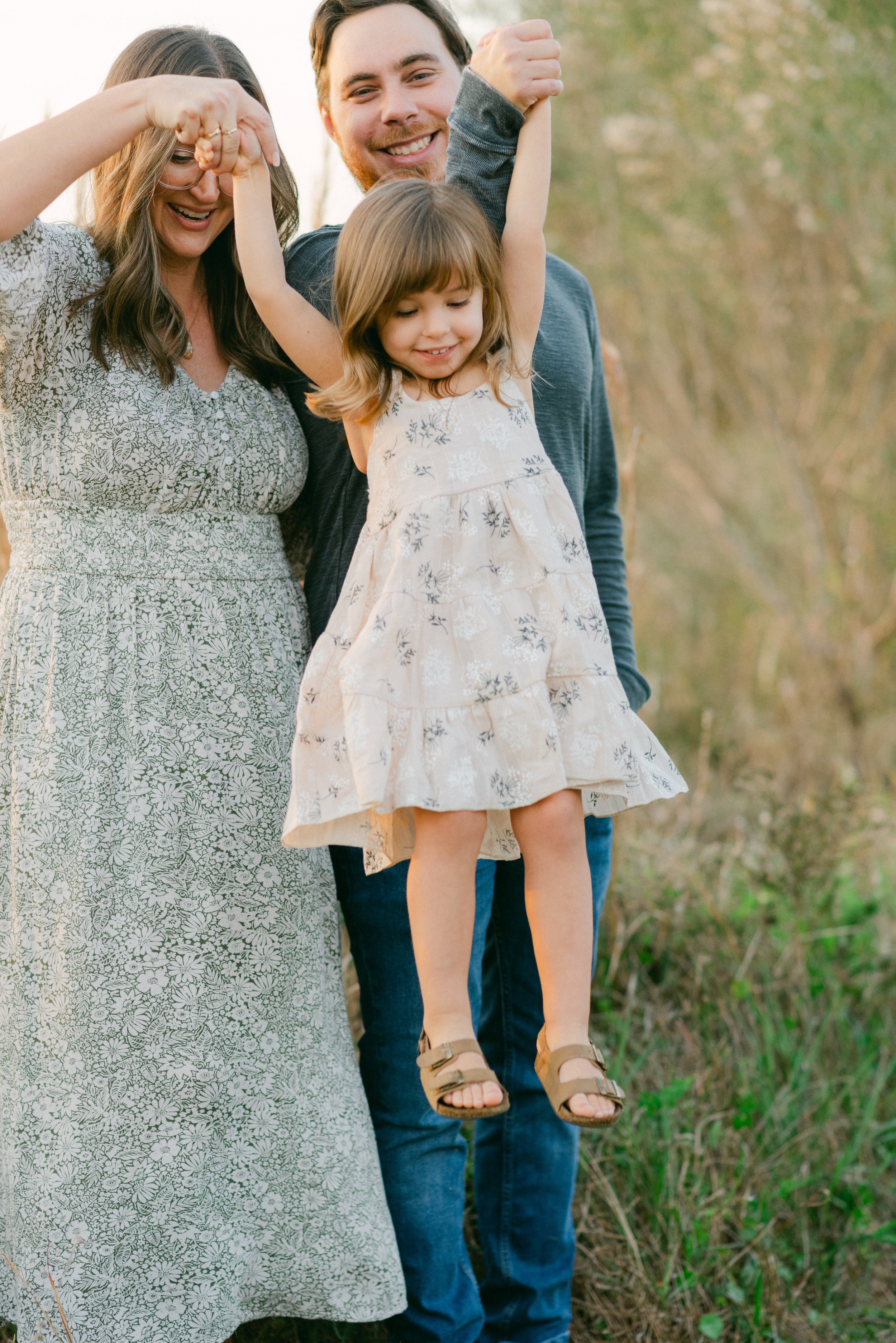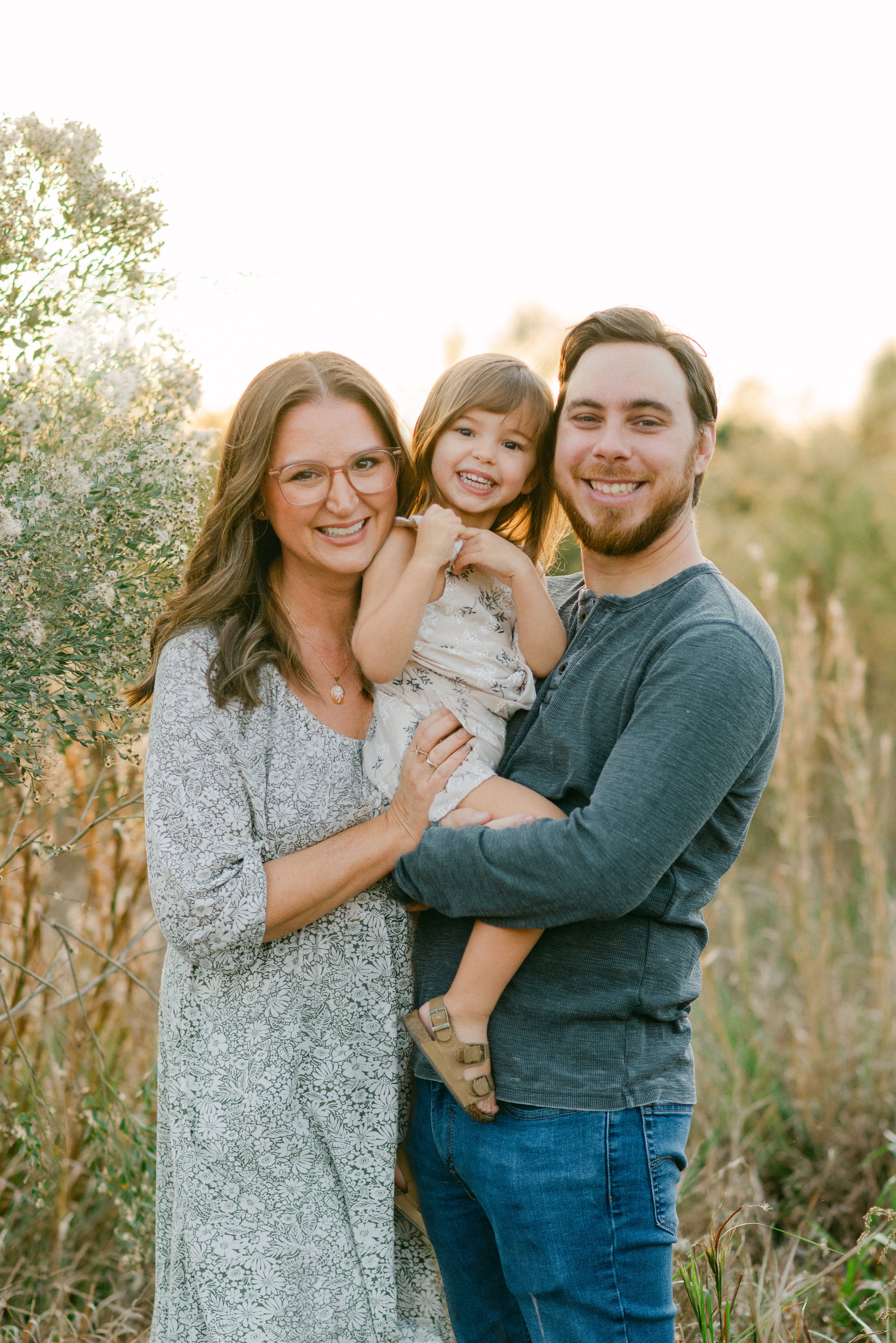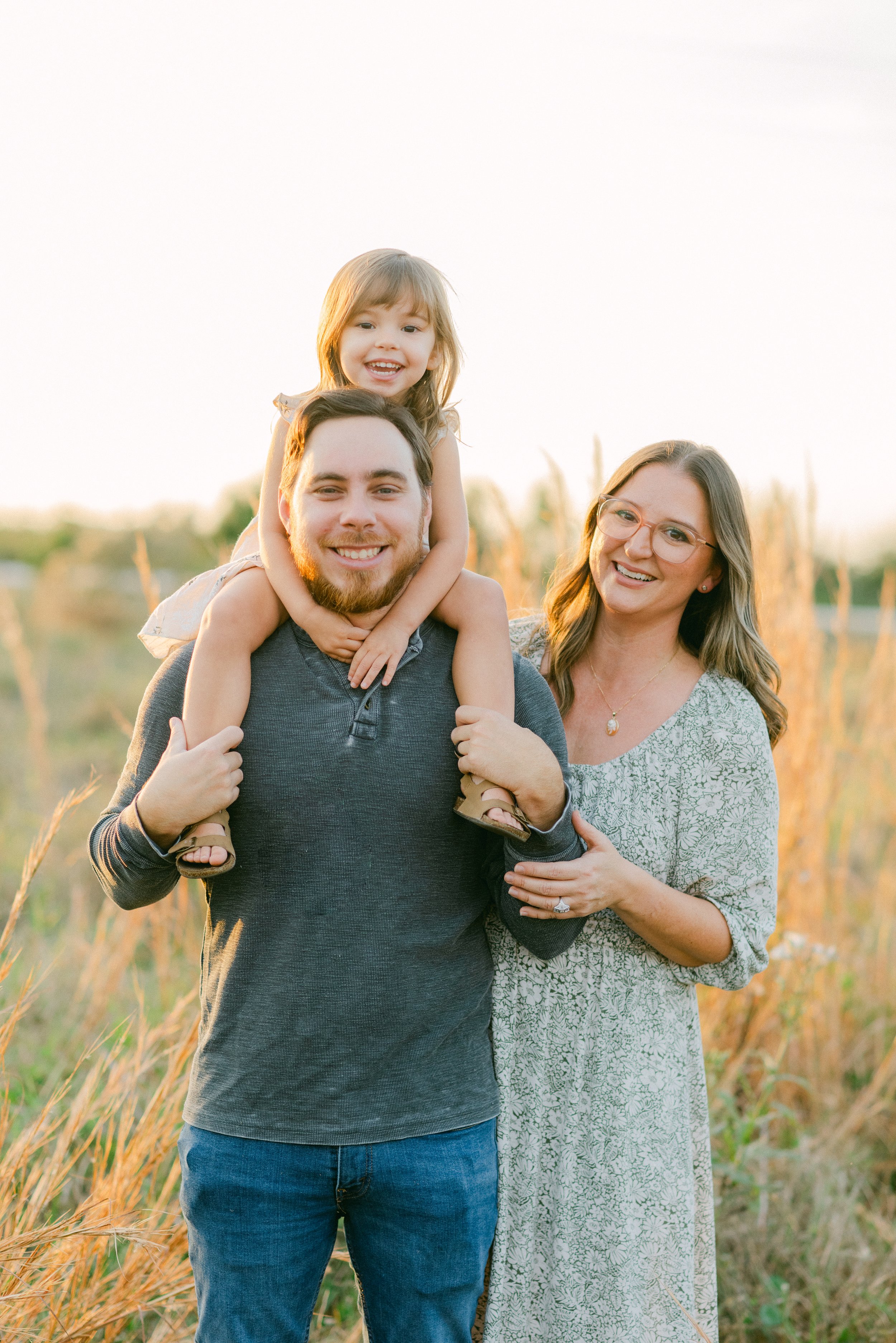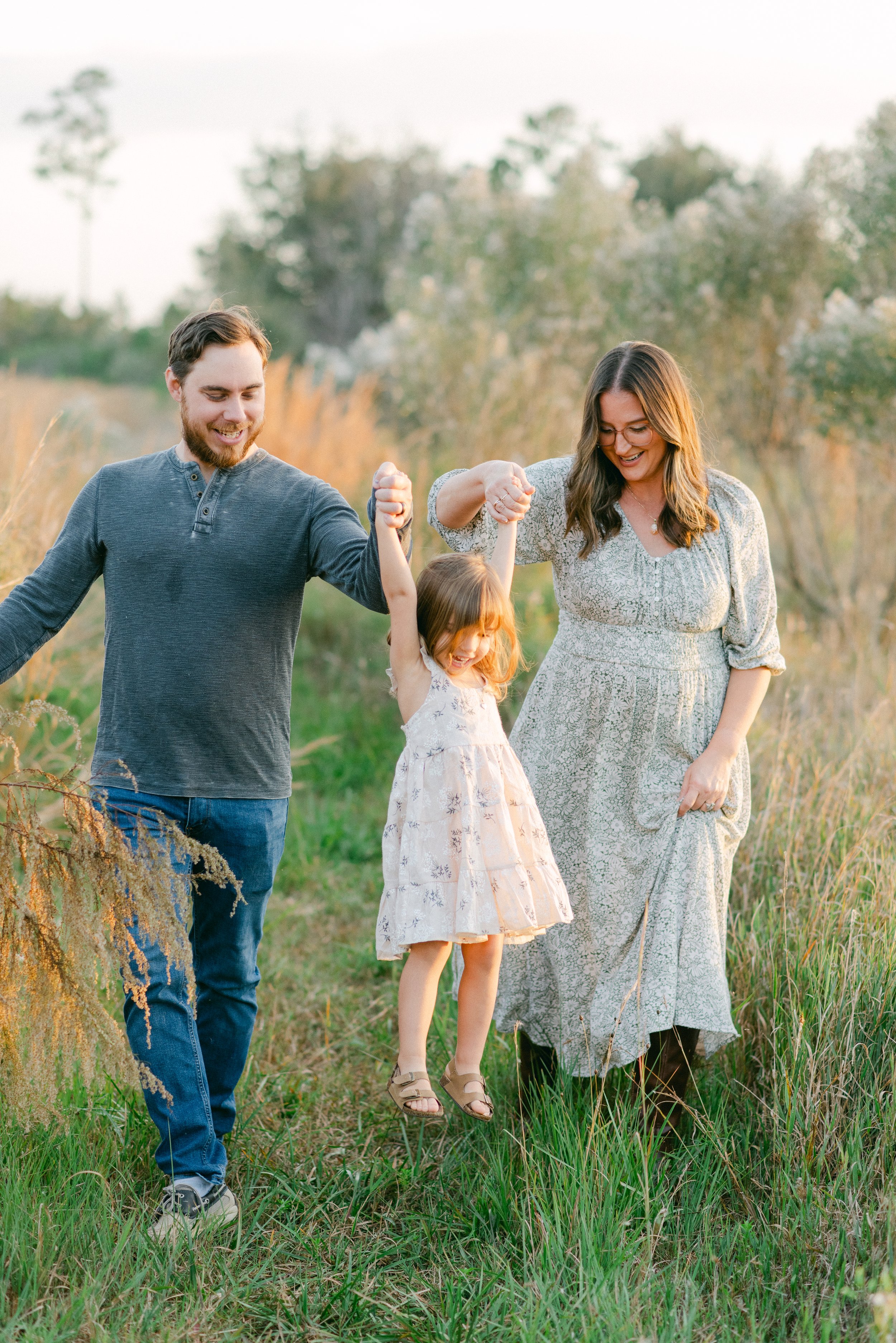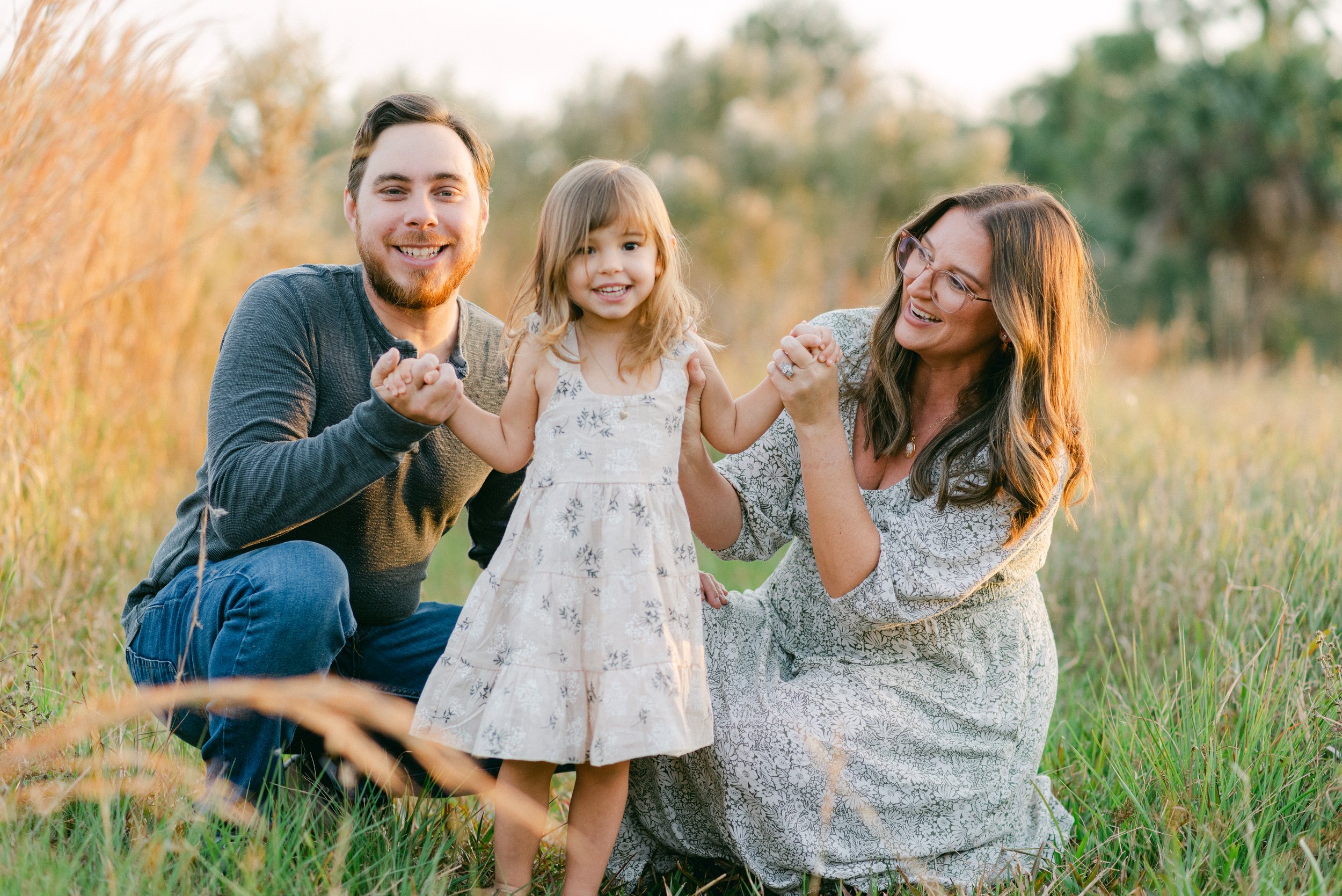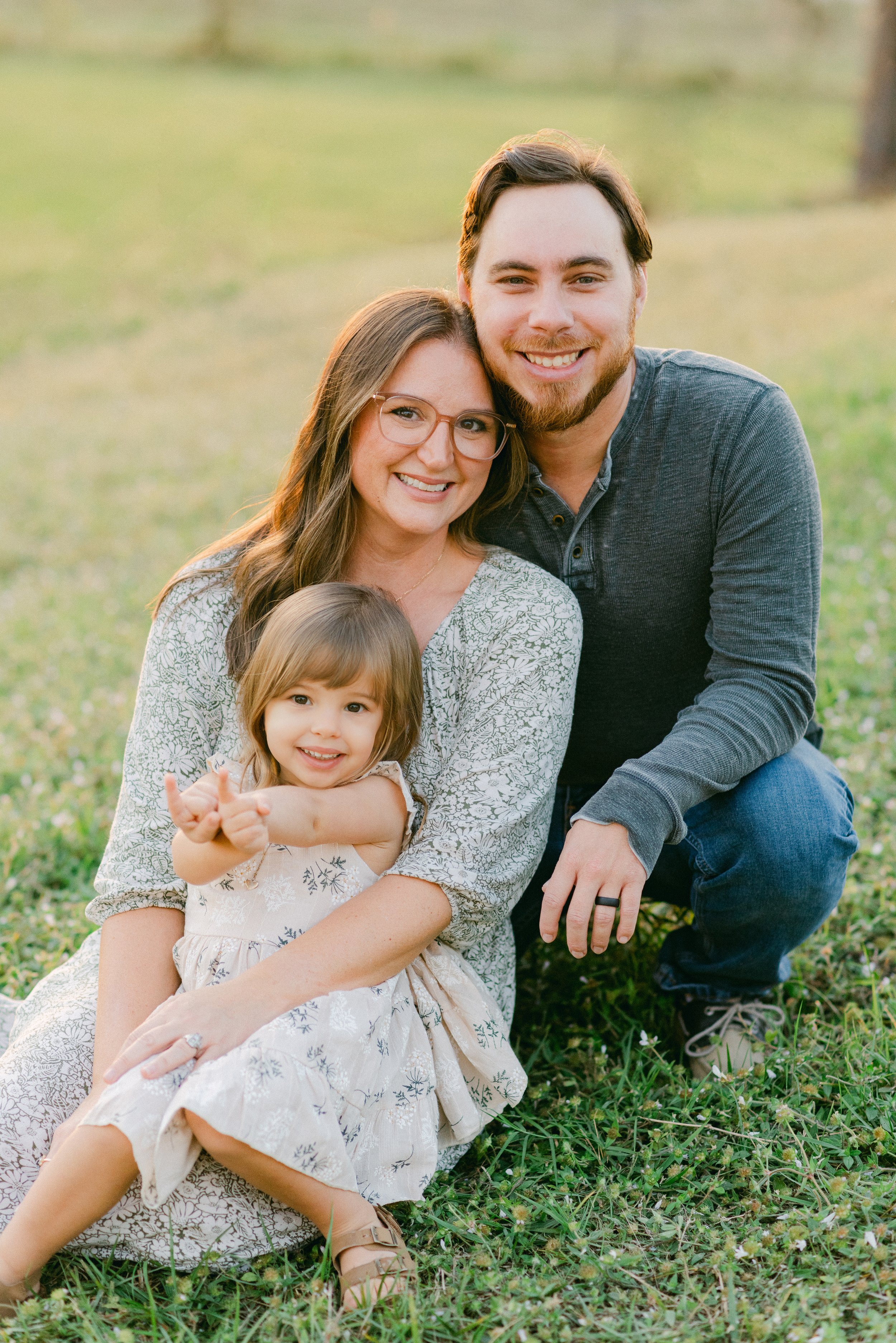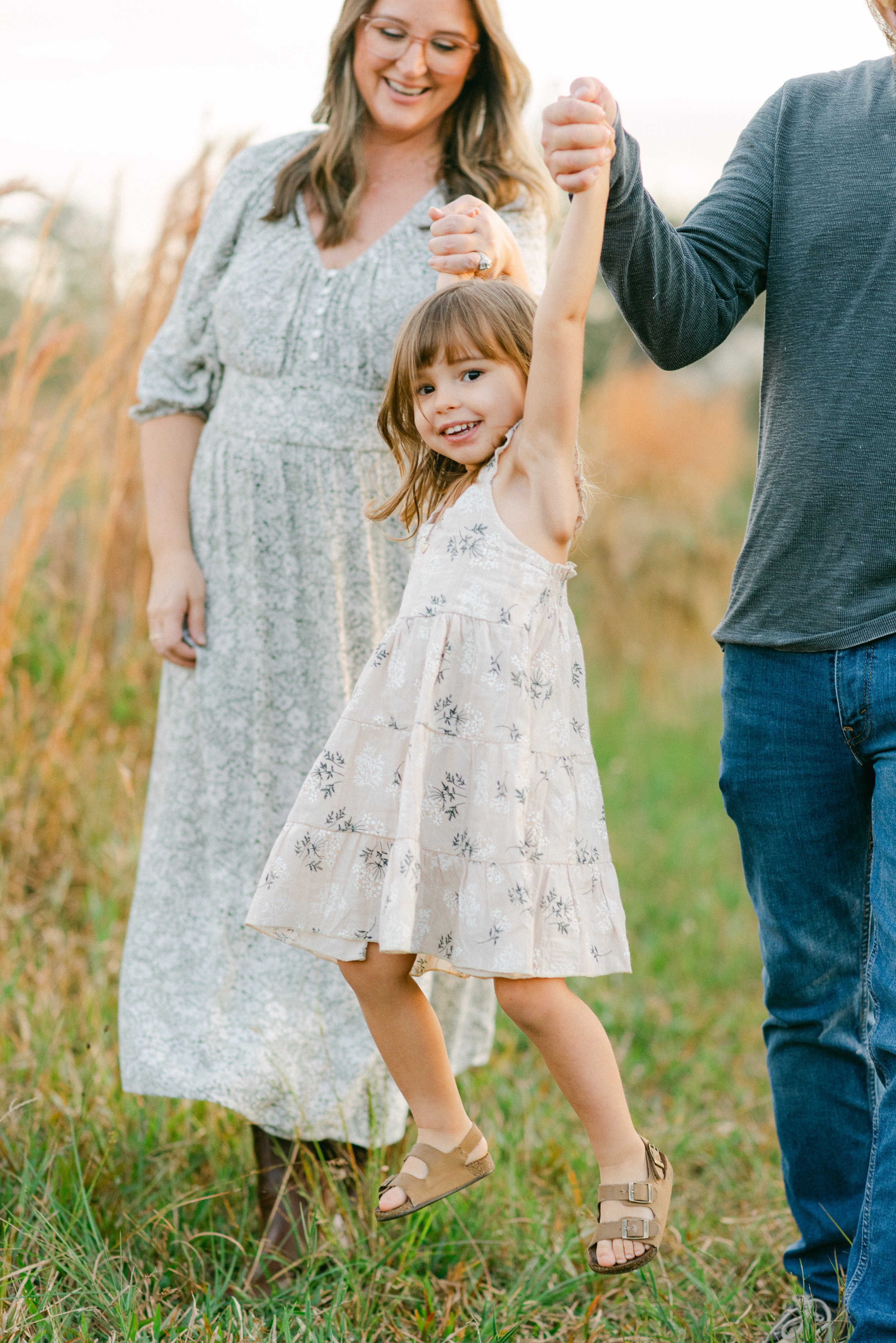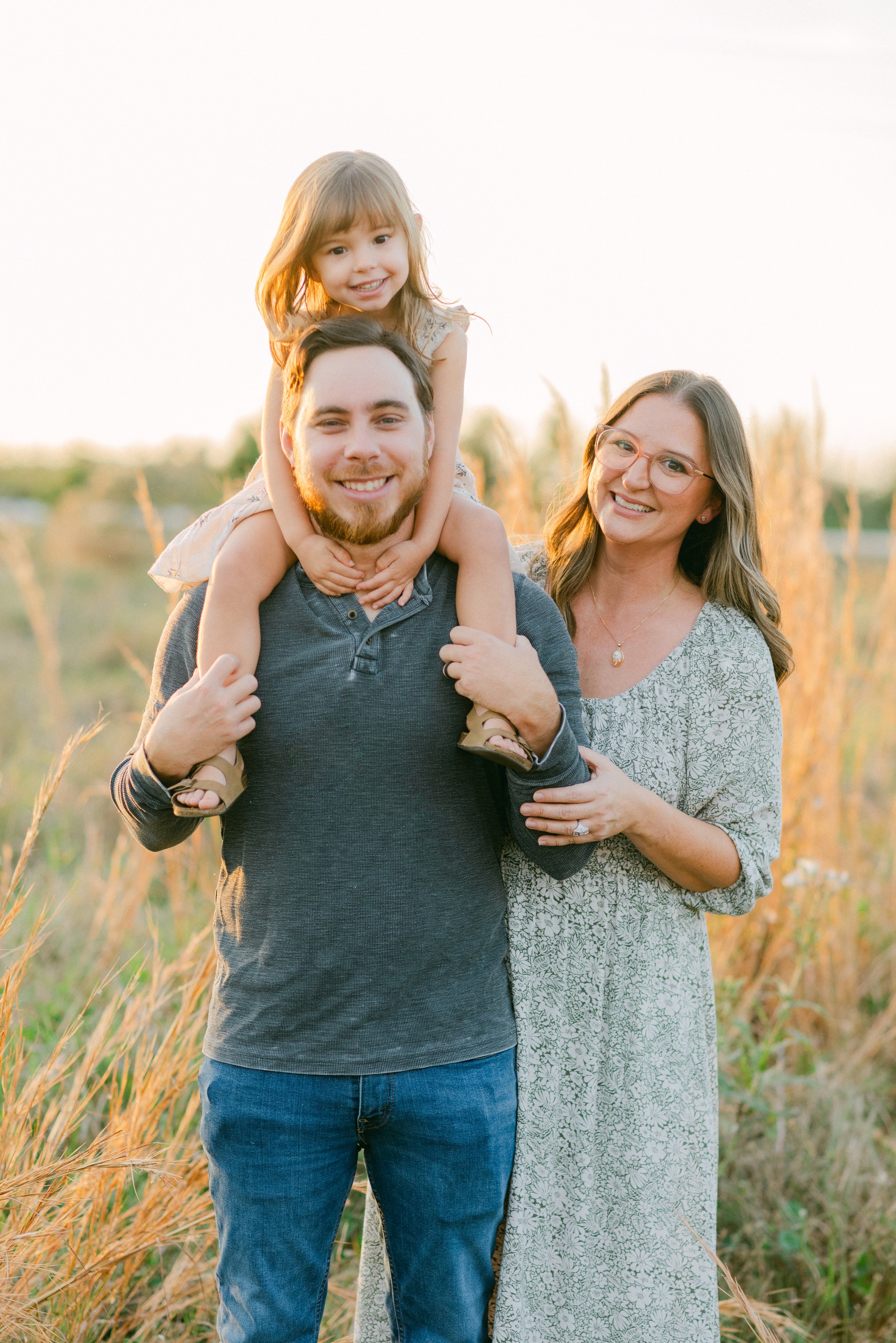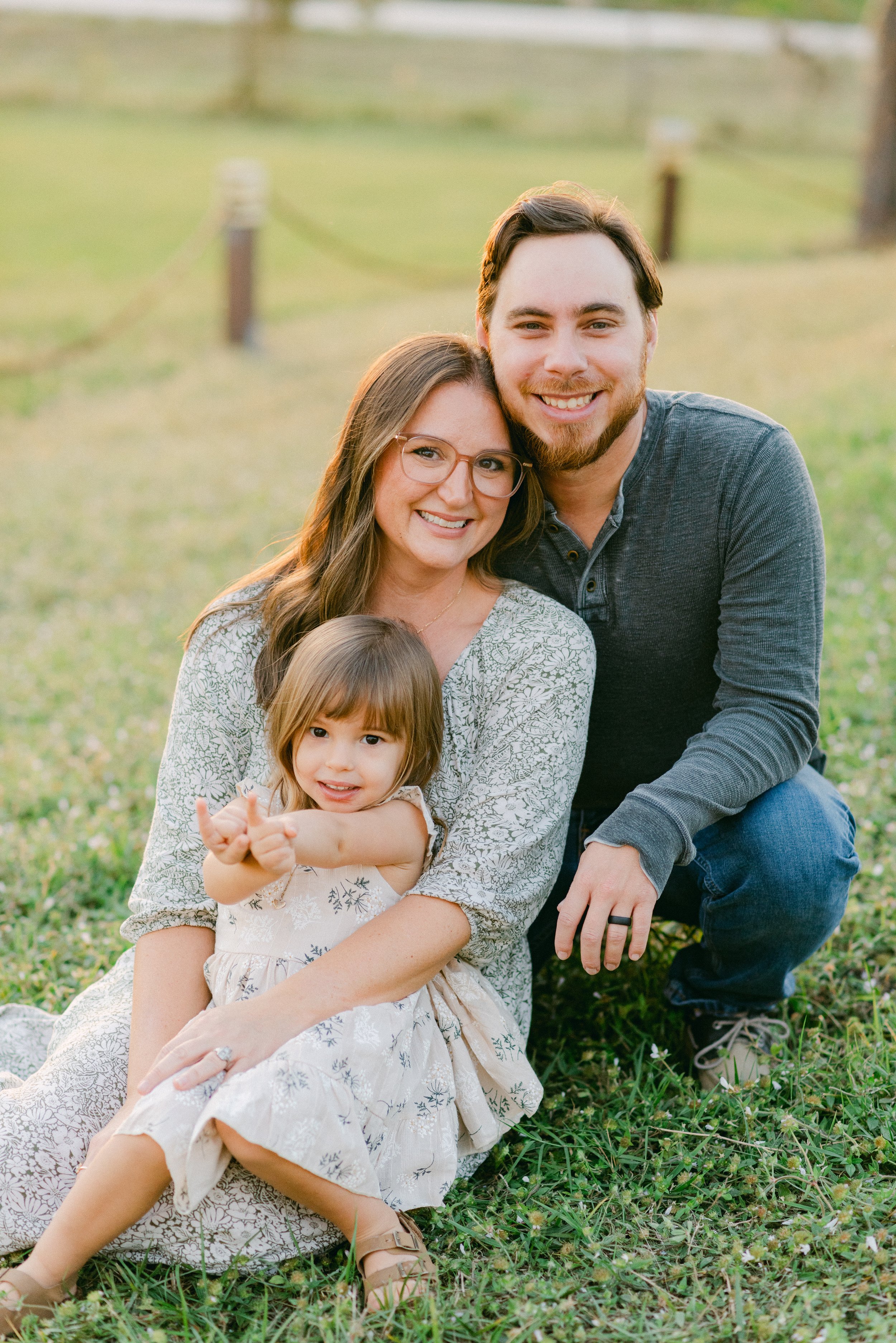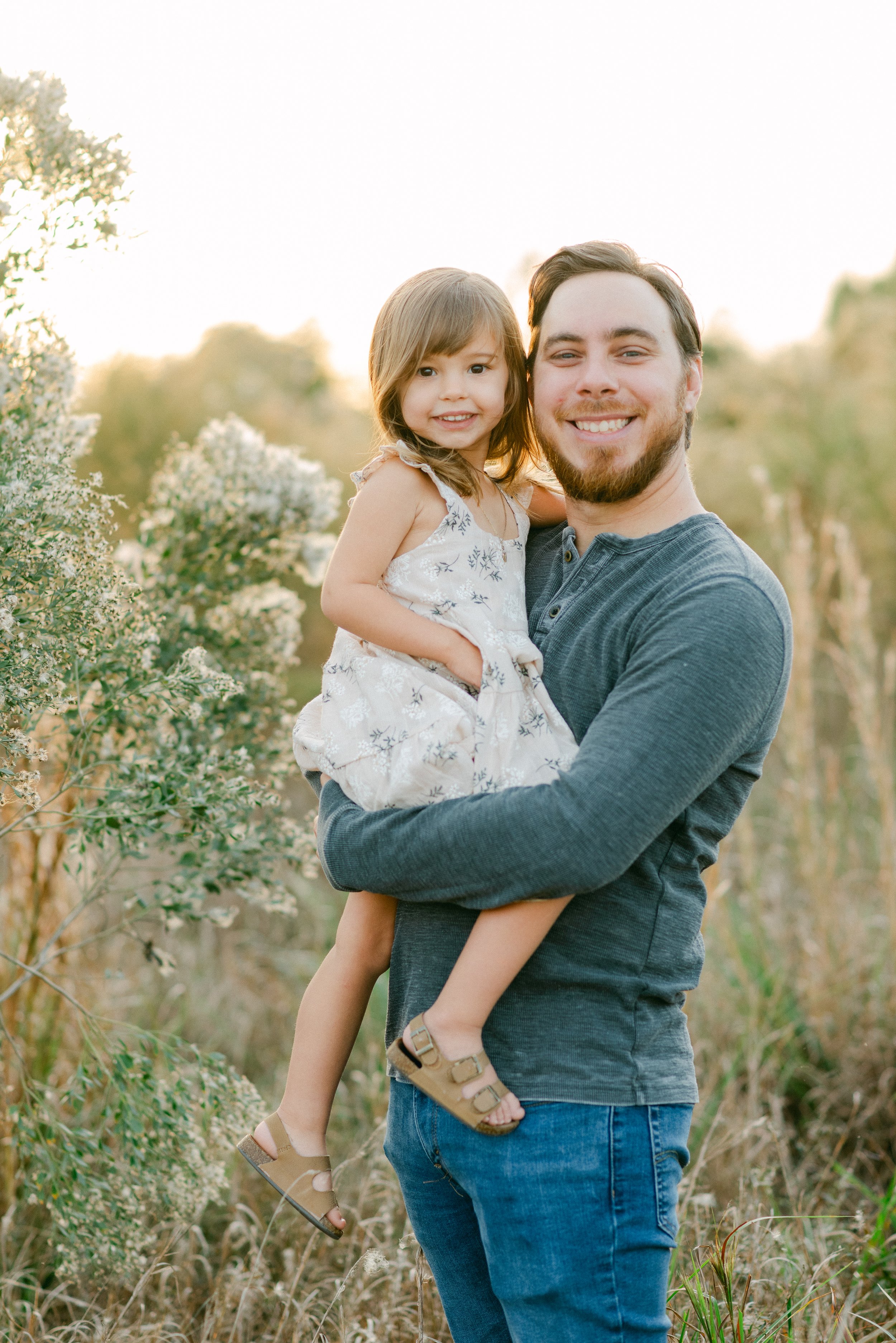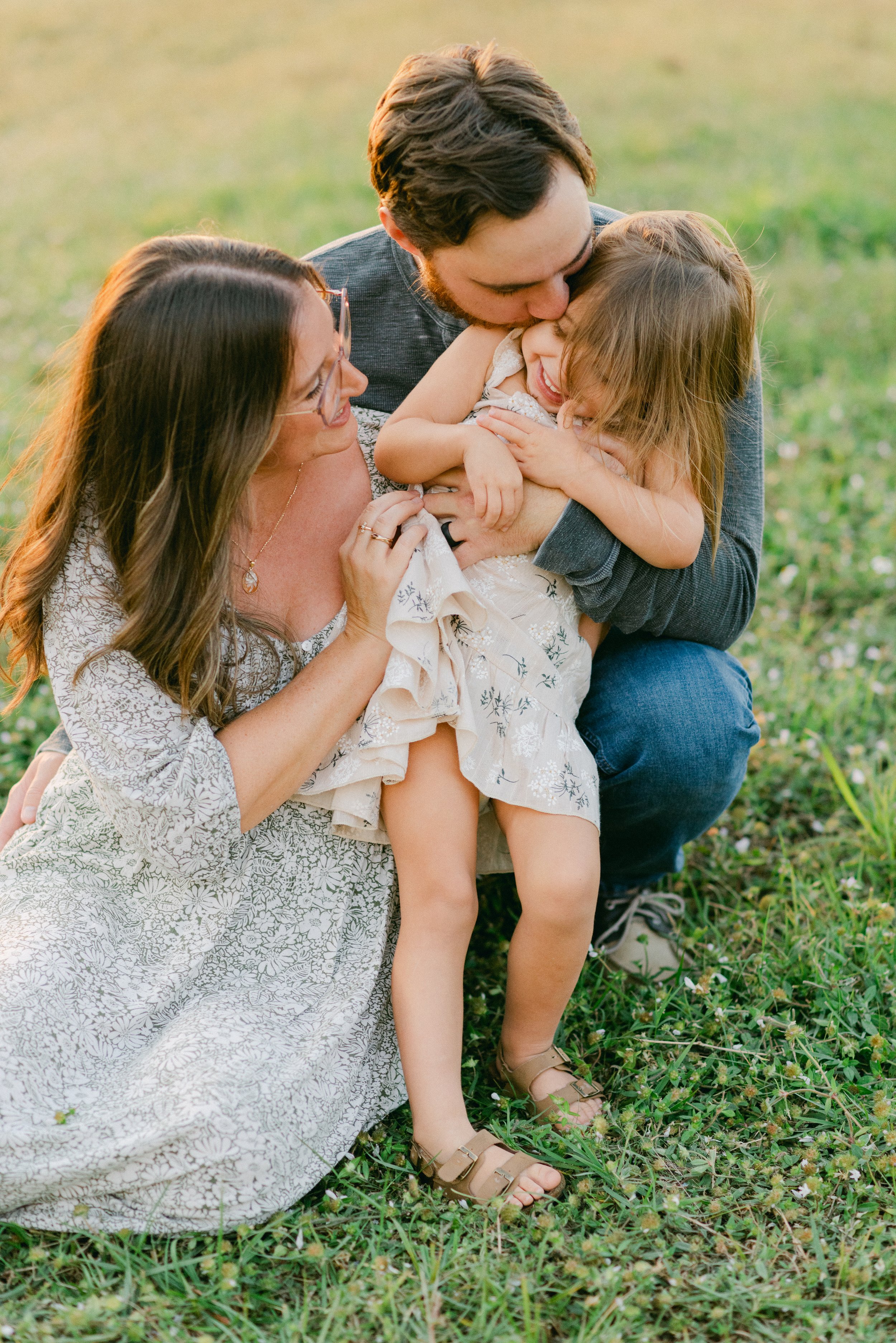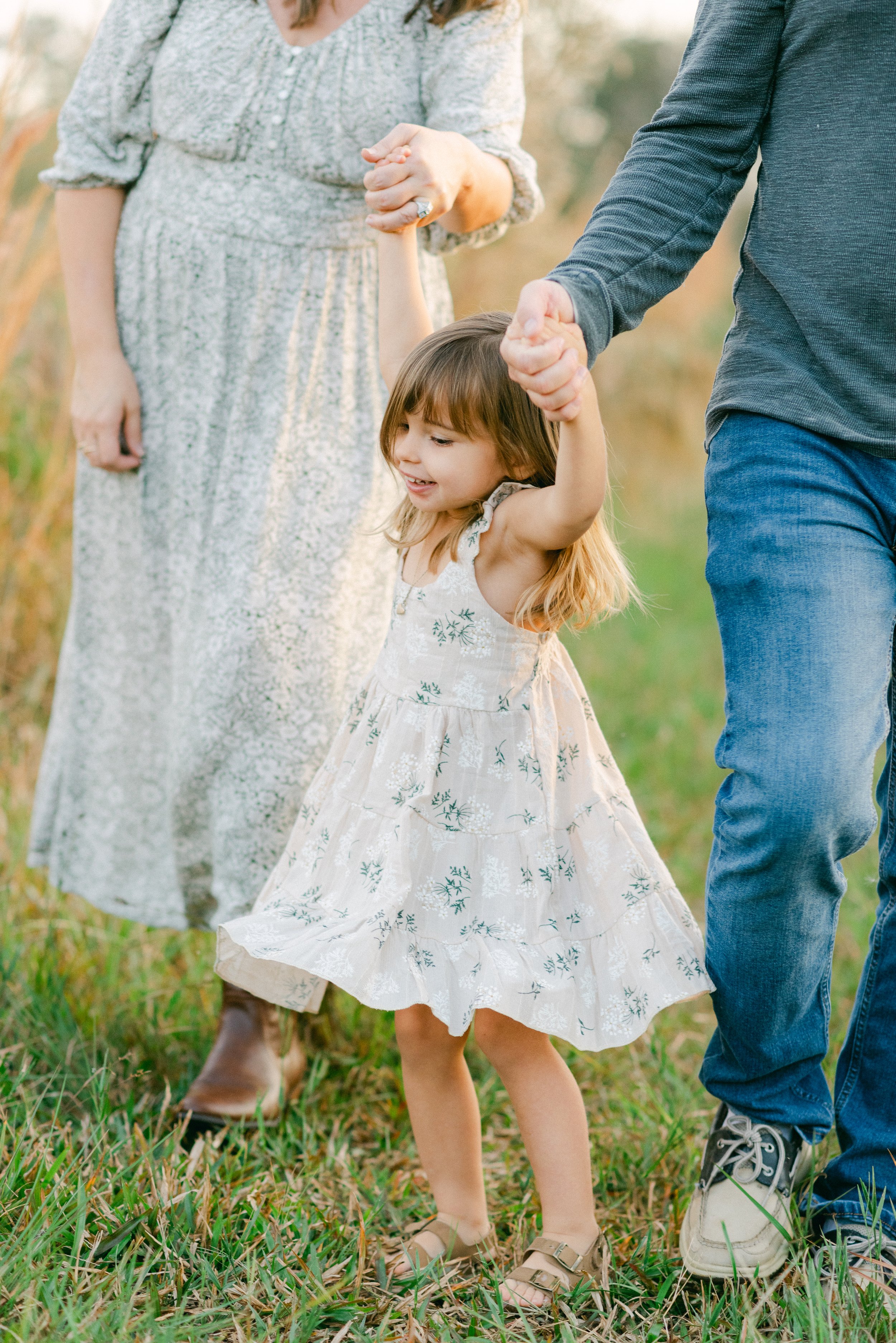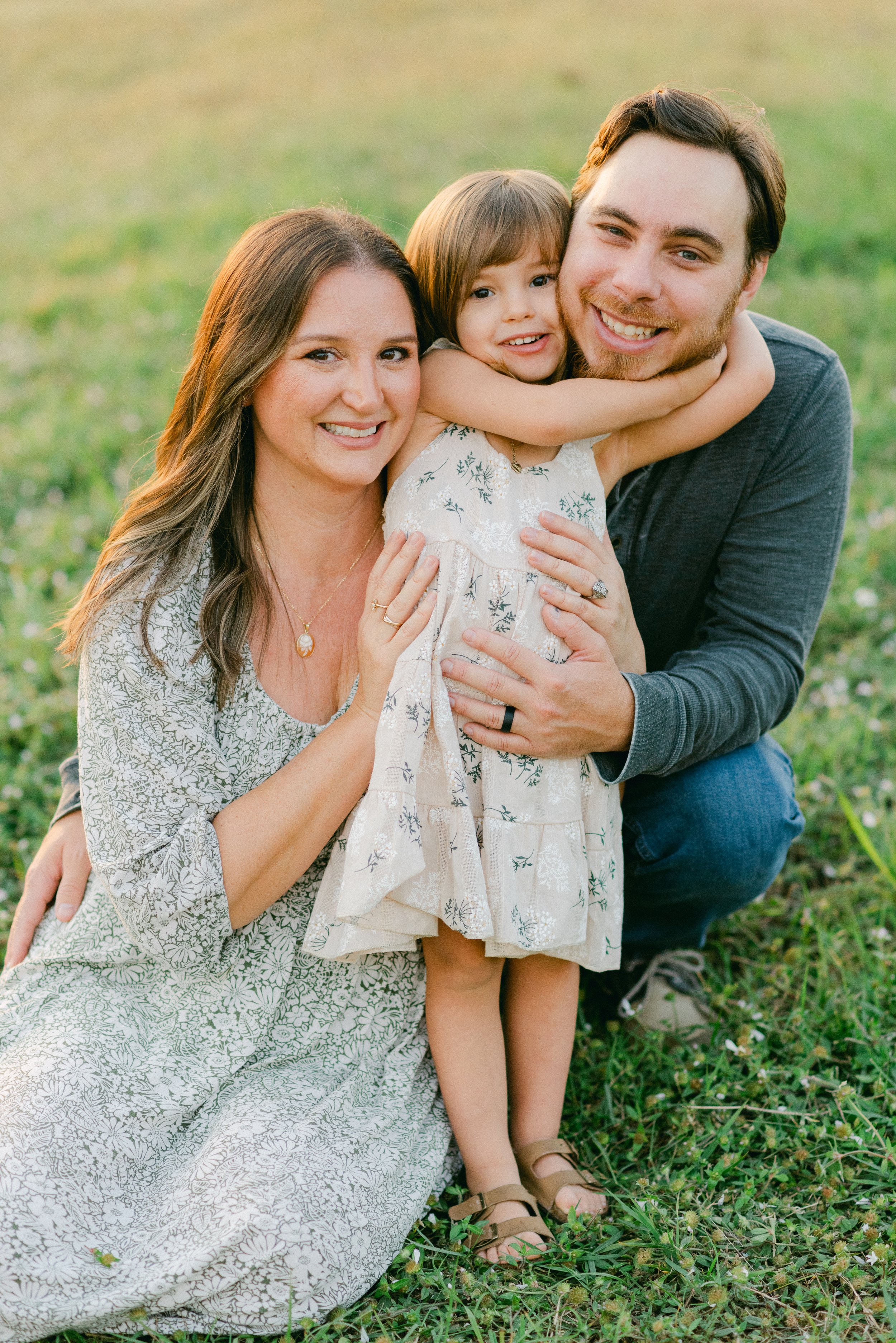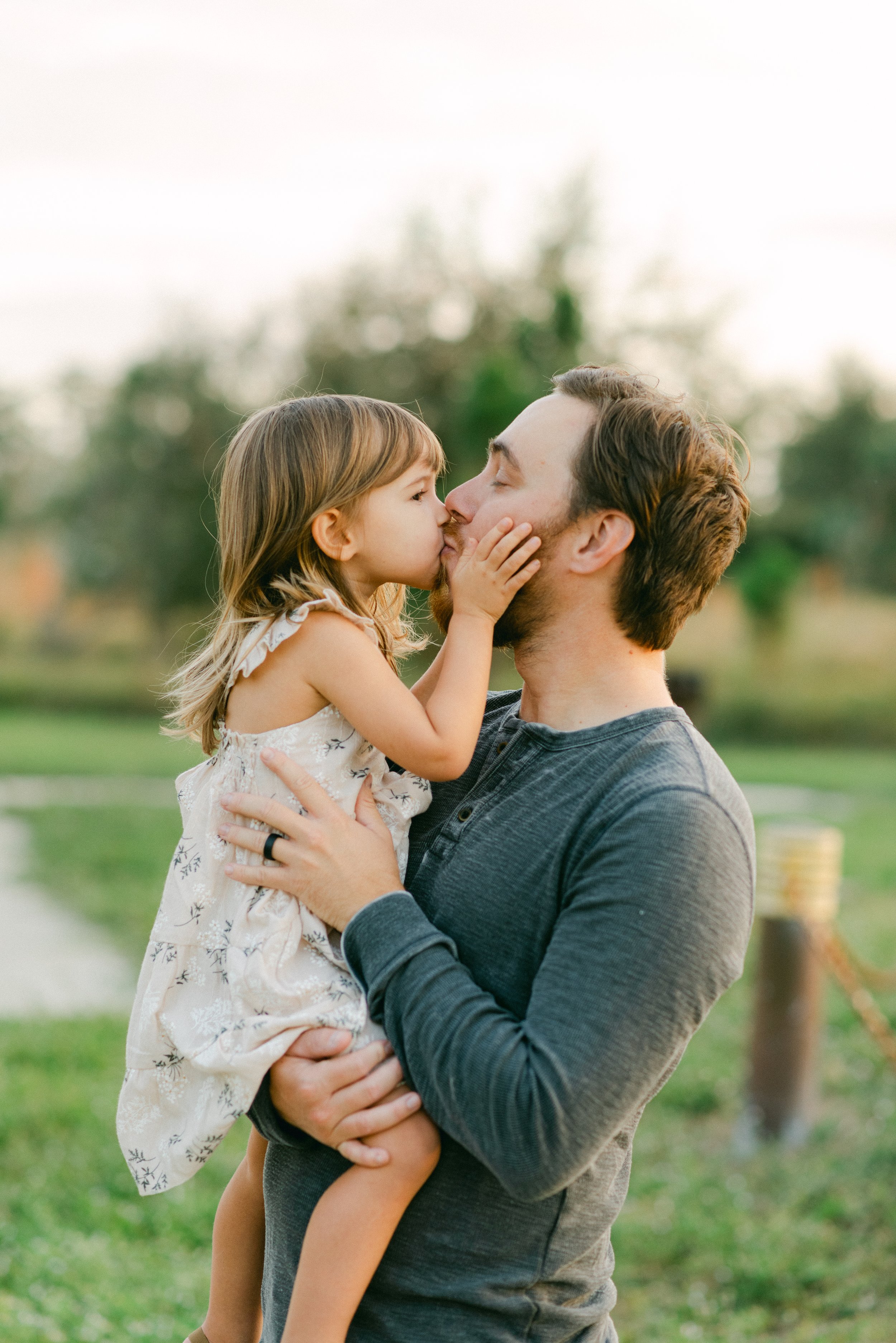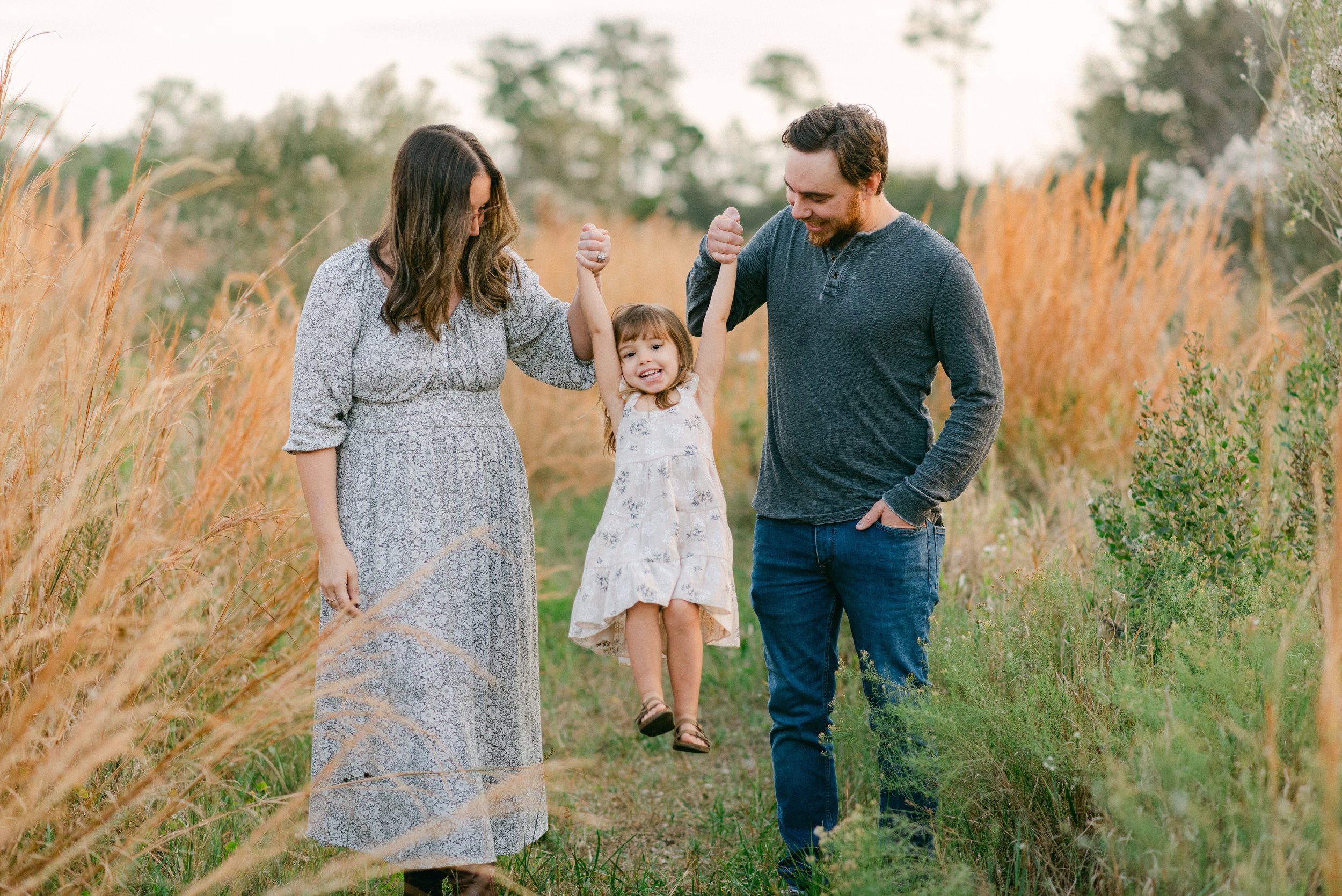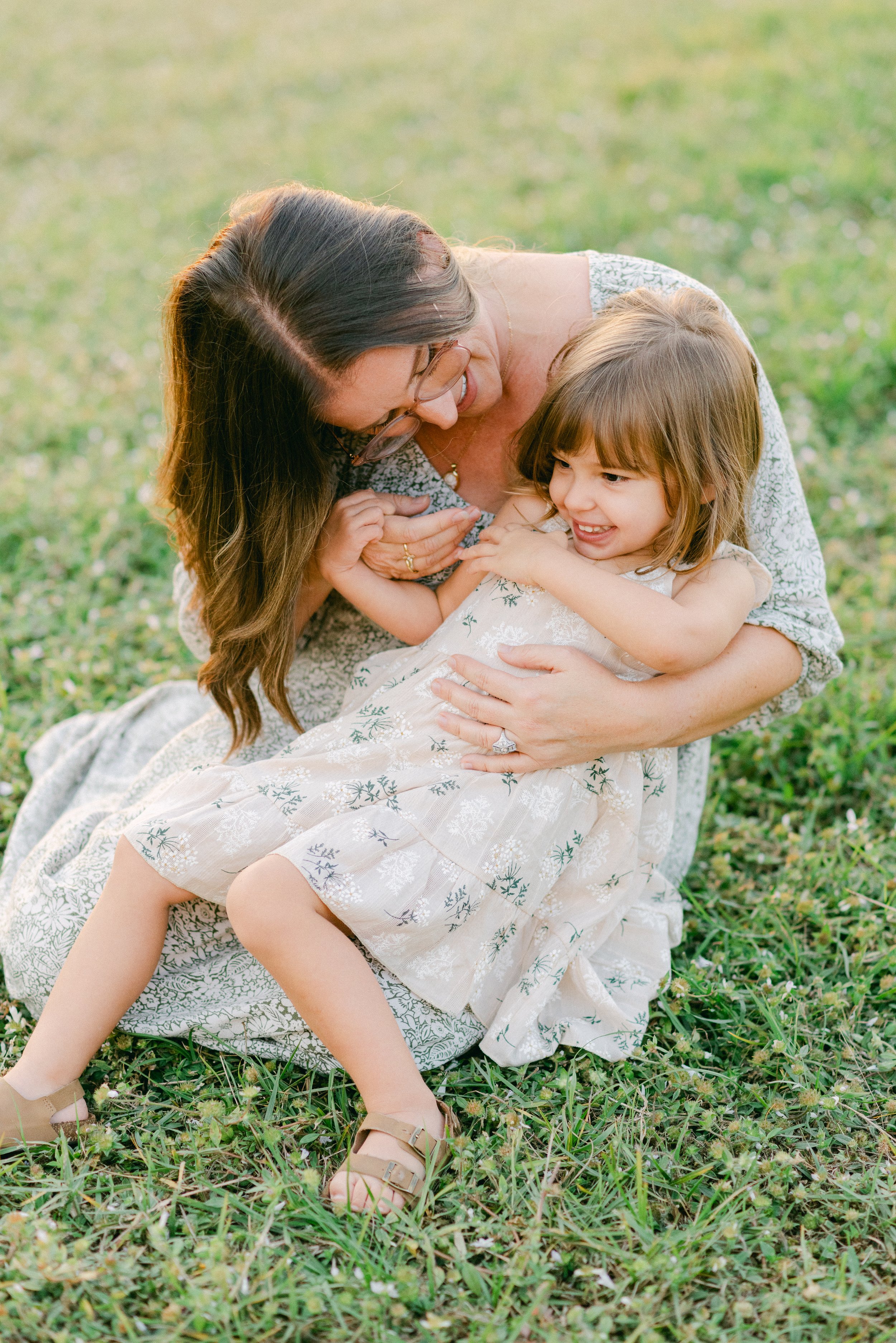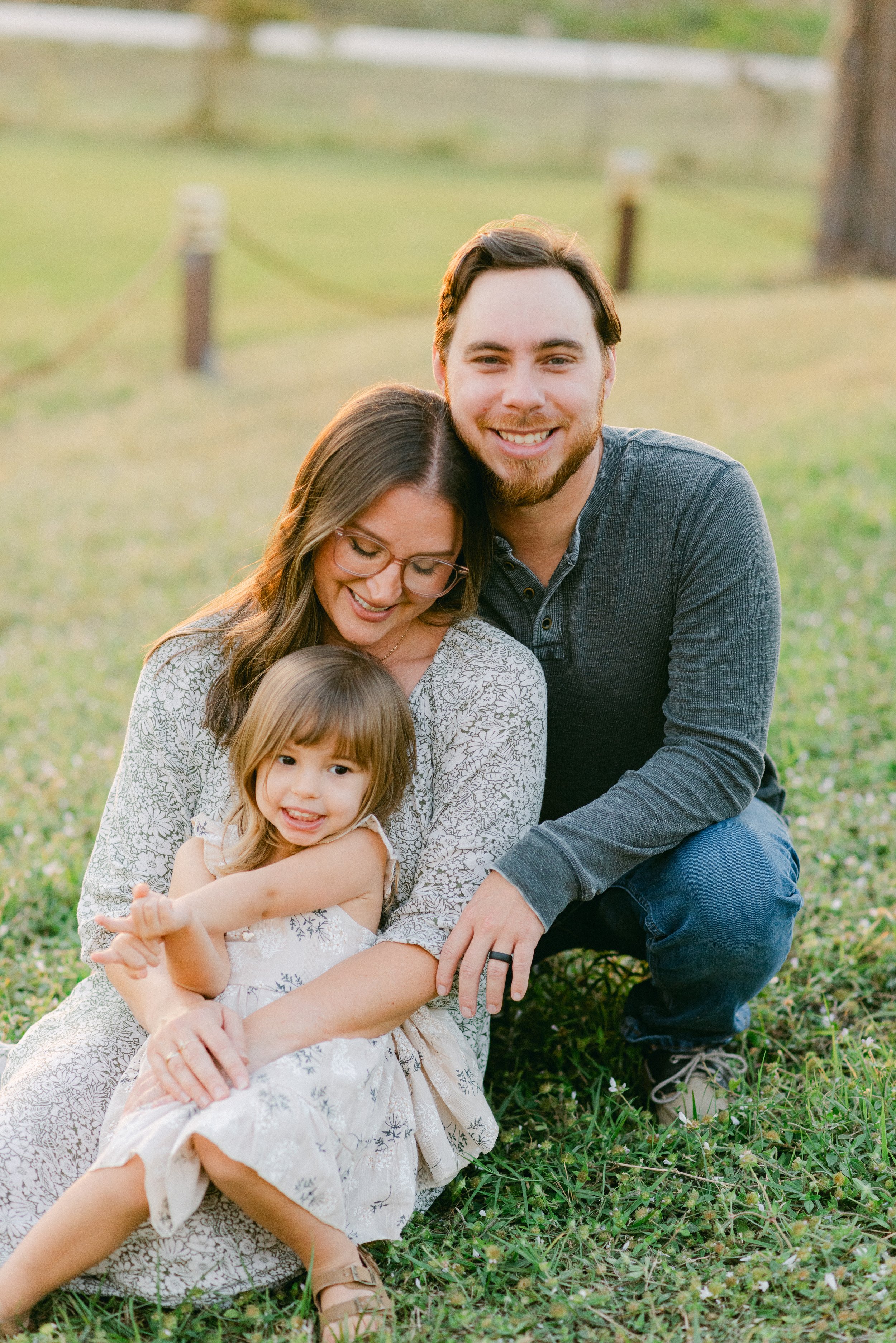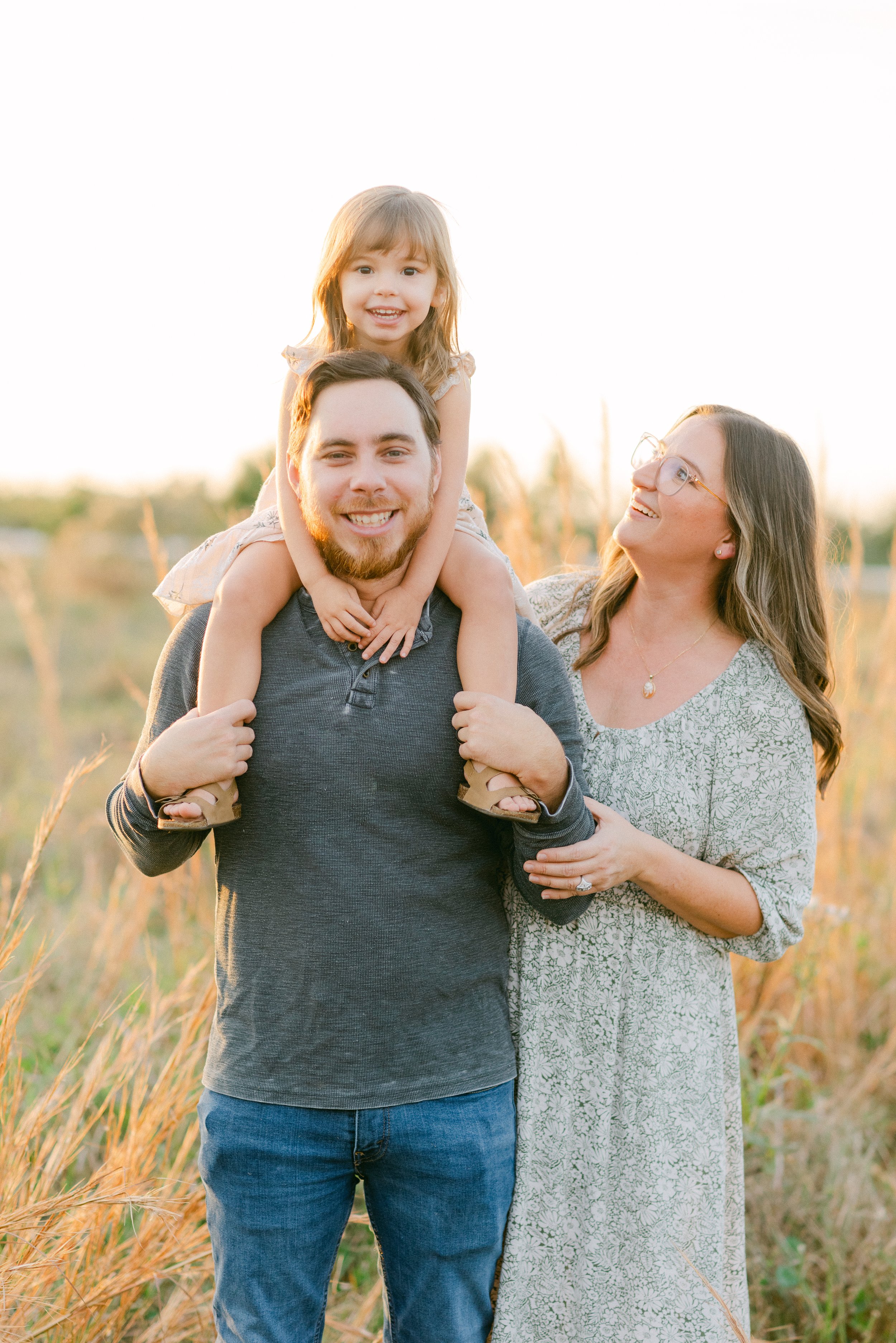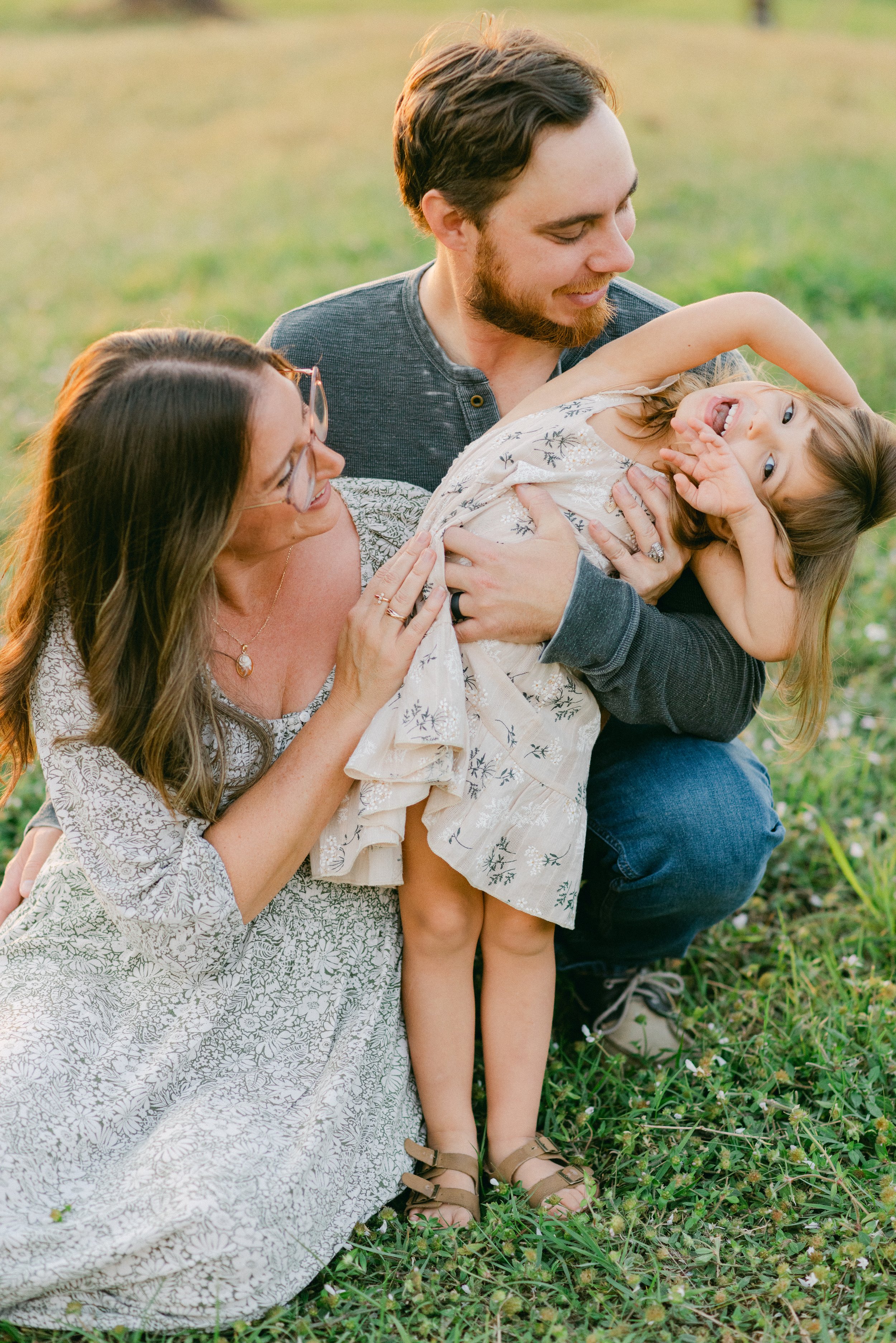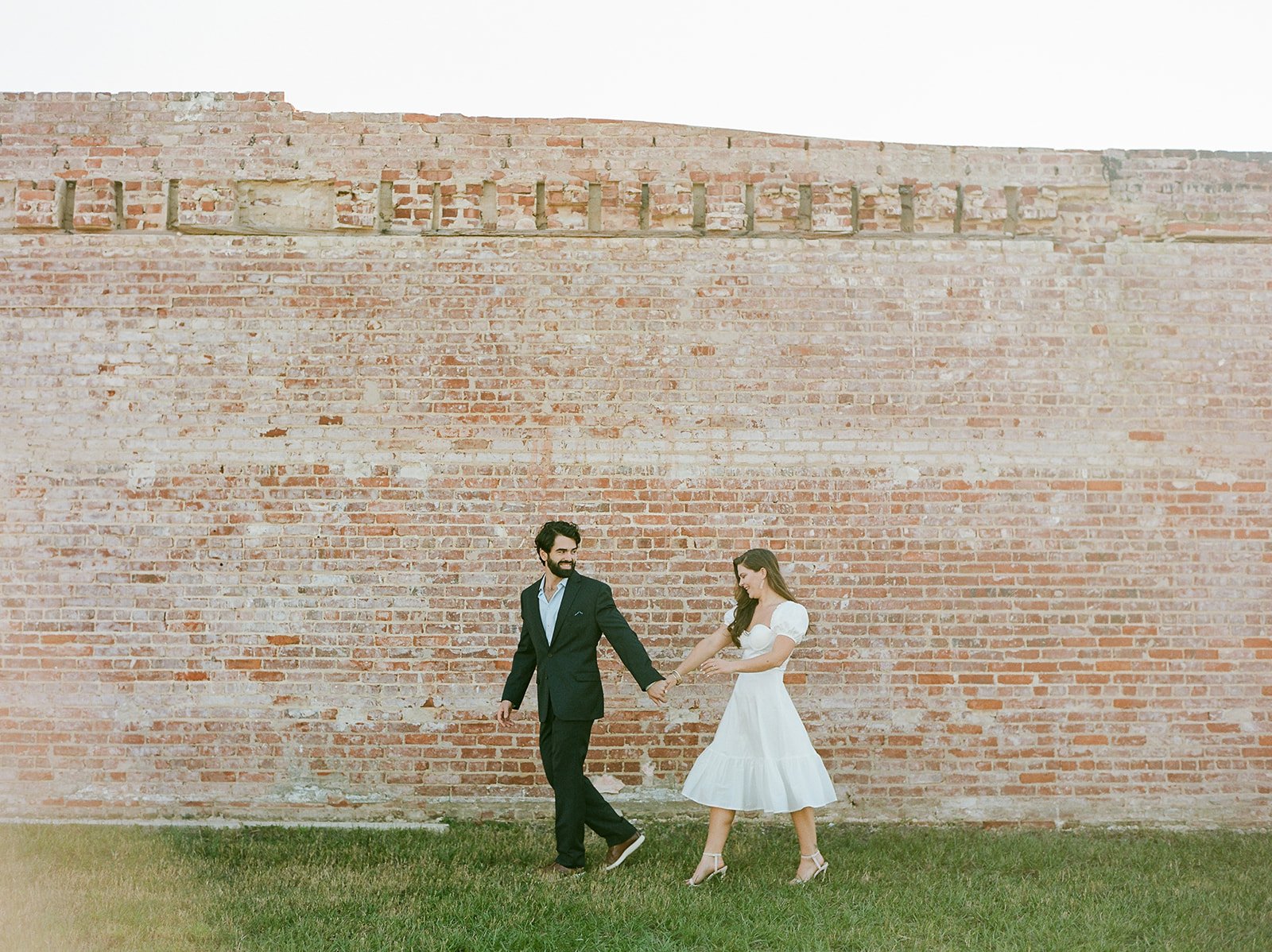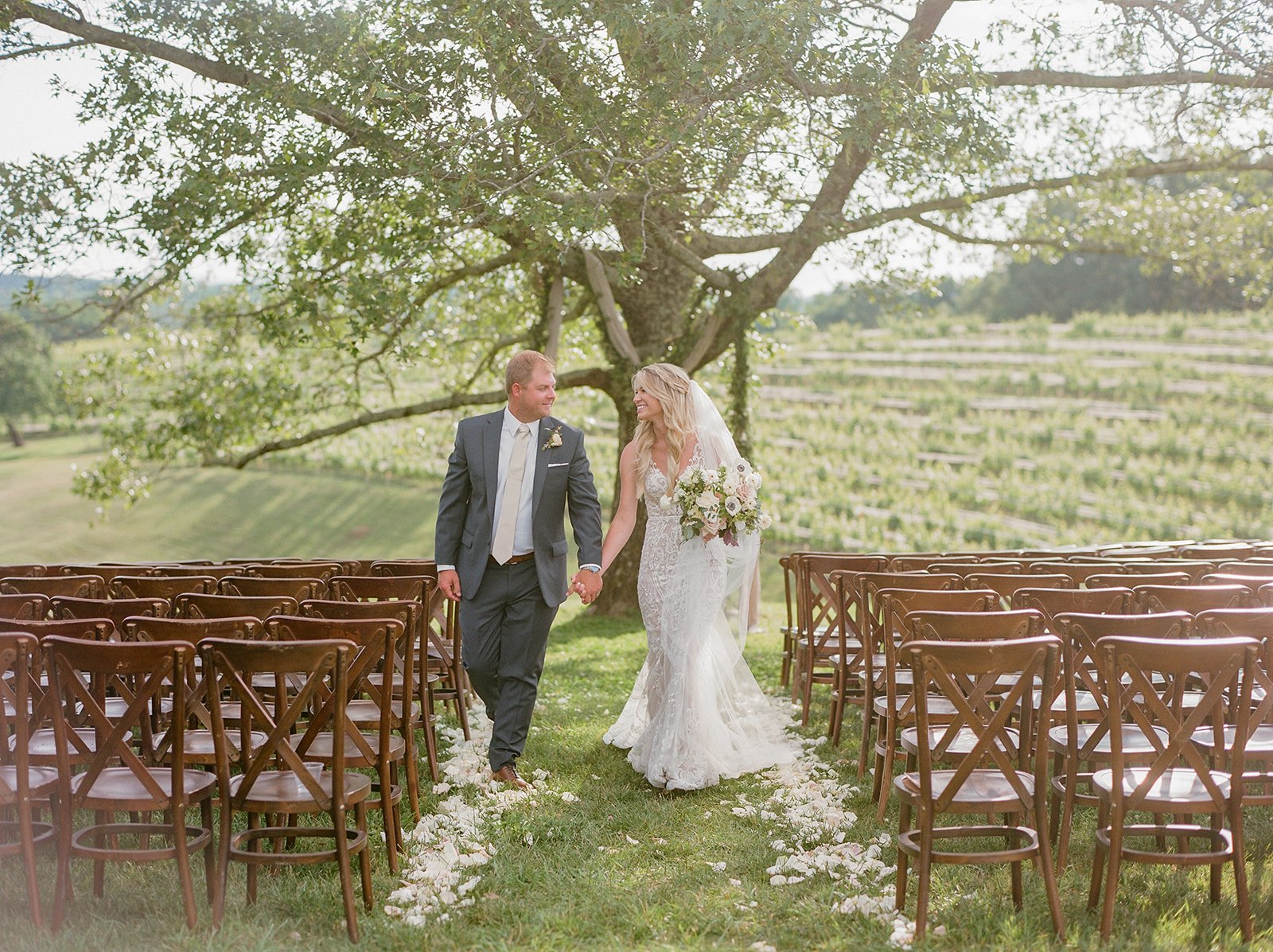I had the honor to share my Ireland adventures and photos in Heartland Living Magazine in the 2025 October-November issue.
Where Our Ancestors Whisper: A Journey Through Ireland
By Caroline Maxcy Fox
Our ancestors hide in family trees, delicate leaves on thin branches stretching further and further toward the heavens. We borrow their genes and names and, I’m sure, a handful of epigenetic characteristics. But their hearts and stories remained unseen.
Until Ireland.
It was the summer of 2020, and we were simultaneously deep in Ancestry DNA intrigue and hungry to dream of travel again. The Emerald Isle began looming large on our ancestry maps, and the “ex-travel agent” in my sister came out with a force. It was decided: we were going to visit the land of our ancestors, as soon as we could indeed hop on a plane again.
A handful of summers filled with planning and dreamy dinner meetings later, we were packing our bags with waterproof shoes, raincoats, printed itineraries, and my collection of cameras to set off for Ireland in July 2023.
This trip would include two sets of Irish sisters: my sister, Caitlin, and me, along with my mom, Jacque, and her sister—our dear, travel-loving Aunt Cathy. Because we were only planning for a week on the Emerald Isle and wanted to see as much as possible, we opted out of that customized private ancestry tour my sister had first eyed and instead chose a whirlwind bus tour with EF Go Ahead Tours. It did not disappoint. They took care of us every step of the way—from planning to packing to all the best excursion offerings (we opted into all of them). Our guide, Alan, a native of Ireland, treated us not only to in-depth stories of the country’s rich (and often tragic) history, but also serenaded us with the occasional Irish song through the bus speaker system and shared tales of his family camping trips on the craggy cliffside fields of the Burren, “out the bus windows to the left.” We couldn’t have asked for a better guide for our journey through rugged landscapes and vibrant historical tales.
Our tour took us from the bustling capital city of Dublin—where we visited Trinity College to see the Long Hall Library and the Book of Kells, Phoenix Park, and St. Patrick’s Cathedral—to wandering a peaceful valley dotted with ancient stone buildings in the monastic village of Glendalough. In our Dublin evening, we experienced a traditional Irish dinner followed by a charming, authentic Irish music and dance show. On the road on our one rainy day, we toured the Rock of Cashel, County Cork, the Cobh Heritage Museum at the port where the Titanic picked up its last passengers and where we could also tour the exhibits and research our ancestry in their genealogical records database. From there we visited Blarney Castle, wandering through peaceful gardens before climbing the castle stairs to the “kissing stone.” That afternoon, we booked an excursion to the historic port and colorful, picturesque town of Kinsale, where we sat in the sun outside a pub and chatted with a local artist with a gallery around the corner famous for a photograph of a curious Irish cow.
No trip to Ireland would be complete without laying eyes on the truly breathtaking Cliffs of Moher, rising dramatically from the Atlantic Ocean. We were nearly swept away on the windy coastline as we hiked along its edge—cows and sheep grazing on grassy hills to our right, awe-inspiring views to our left. On the bus, we drove through the rocky landscape of The Burren in County Clare before arriving in Galway, brimming with youthful, bohemian, college-town energy. Our last day took us through the rugged landscape of Connemara National Park to the 19th-century mansion, gardens, and neo-Gothic church of Kylemore Abbey before saying goodbye to the Emerald Isle.
The landscapes were breathtaking. The stories of the Irish people—our people—we found so often heartbreaking. The Irish, historically, suffered so much: from Viking raids, to colonization, to the Great Famine, when my own ancestors left its shores. Their story came to life with each turn along the path and stop along the way, yet they were never more real than the day we stood on the shores of a port city named Cobh, where so many years ago they boarded boats called “coffin ships”—immigrants fleeing famine for the New World. My ancestors risked much, much more than I had ever imagined to cross the Atlantic to the place we now call home. Their bravery, and the suspected heartache in their goodbyes, weighed heavy on me for the first time. They would never see Ireland, their homeland, again. A shimmering, rich history overshadowed by the ever-passing storms.
The day at the Cobh shore, where those ships set sail 150 years ago, was the only gray, rainy day we had on the tour, preventing us from lingering there. Maybe they didn’t want us to. We huddled under the cover of the Heritage Museum, researching sing-song Irish names we found in those outstretched branches of our tree, the dates of their stories ringing bells with the history we had just learned from our guide on the bus. Then we stepped into the damp, peering out from under our rain-drenched hoods toward the hazy shoreline before boarding the bus again and carrying on. There was, of course, more to be seen.
We toured cities rich with stories of uprising, castles with stones for kissing, windy dramatic cliffs, and wild countryside. From rolling green hills dotted with white sheep and stone walls, to quiet monastic sites nestled in lush valleys, to soaring cliffs above a rough sea—in our whirlwind tour we laid eyes on so much of the Emerald Isle’s breathtaking landscape, each scene layered with tales for telling. But it was them, lingering just outside every story—a tale untold but felt deep within. Seeing this land, their land, now meant that, for the first time, I too saw them.
